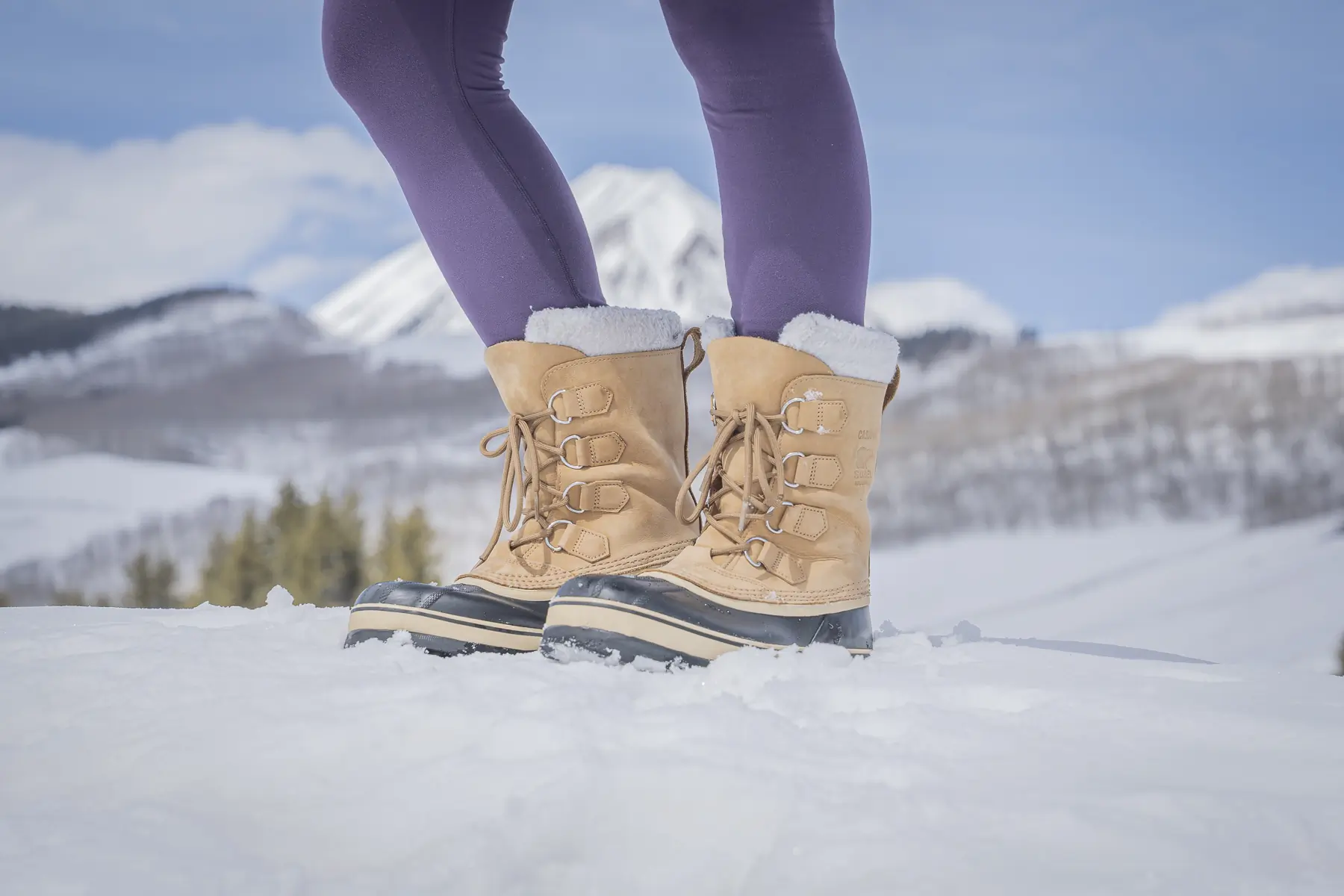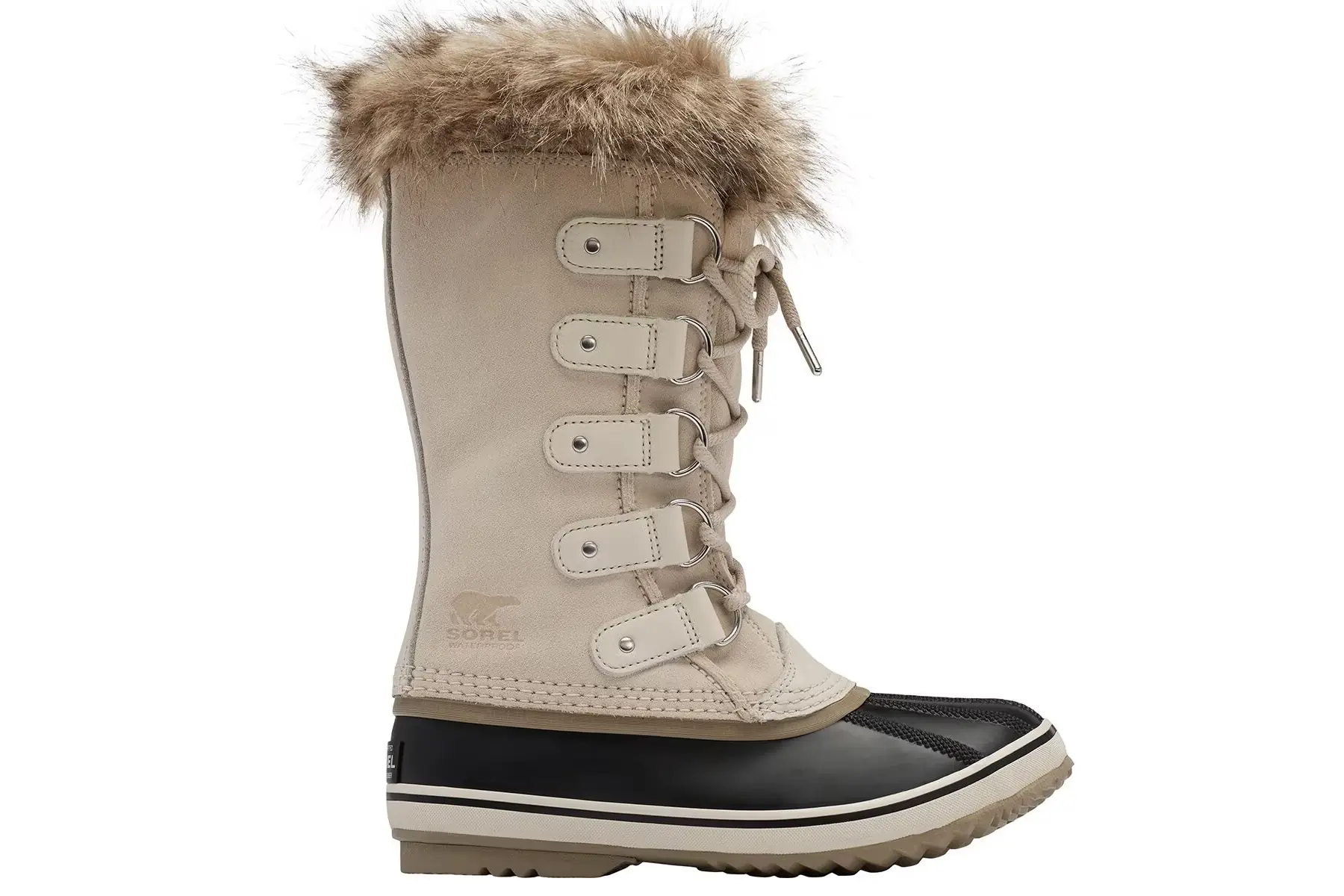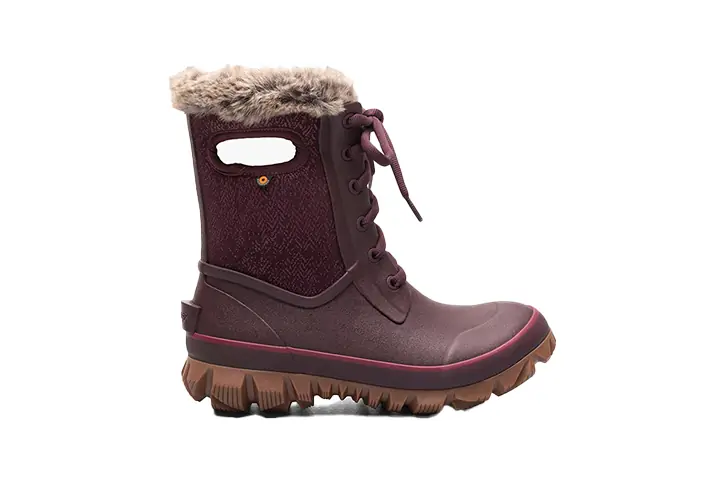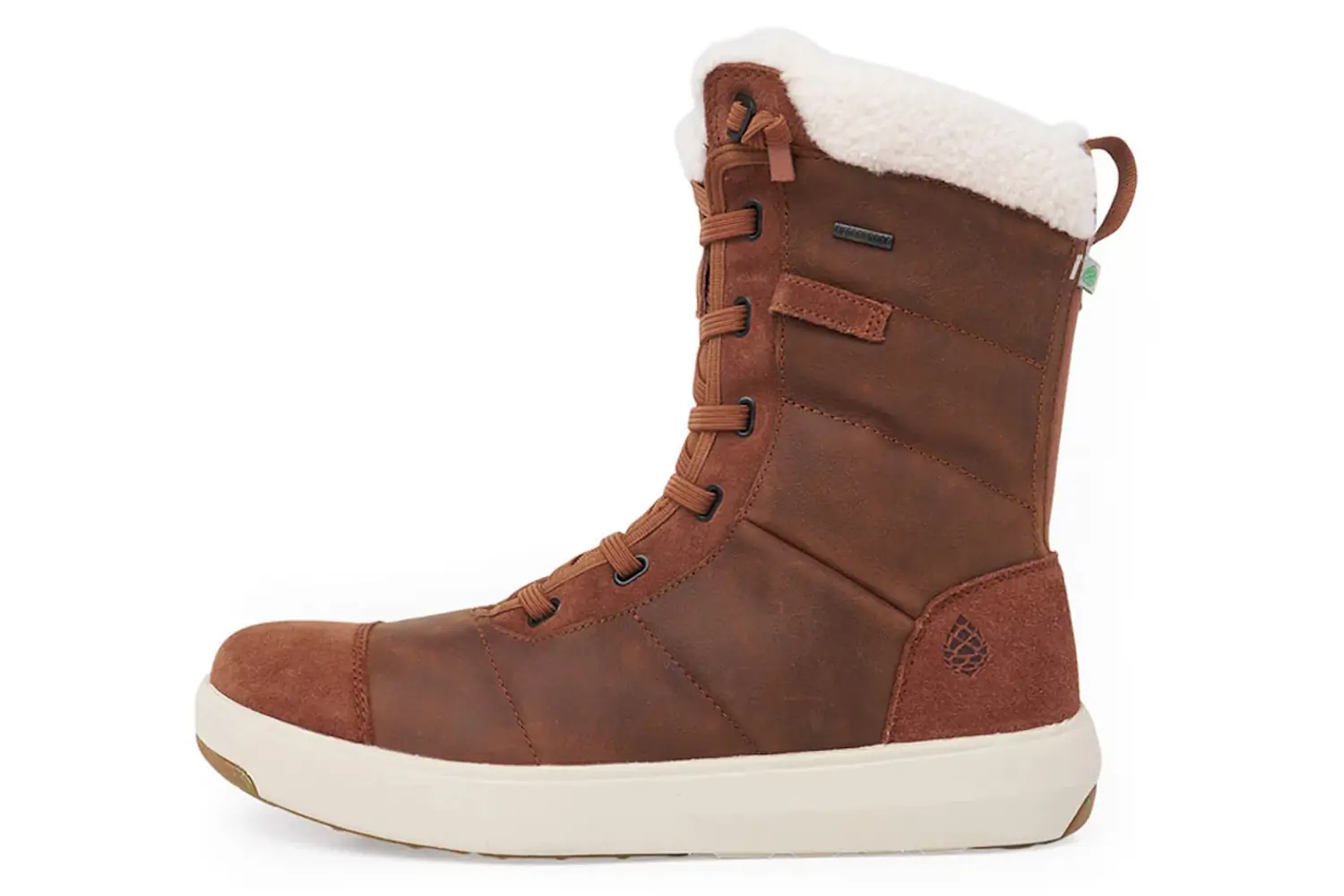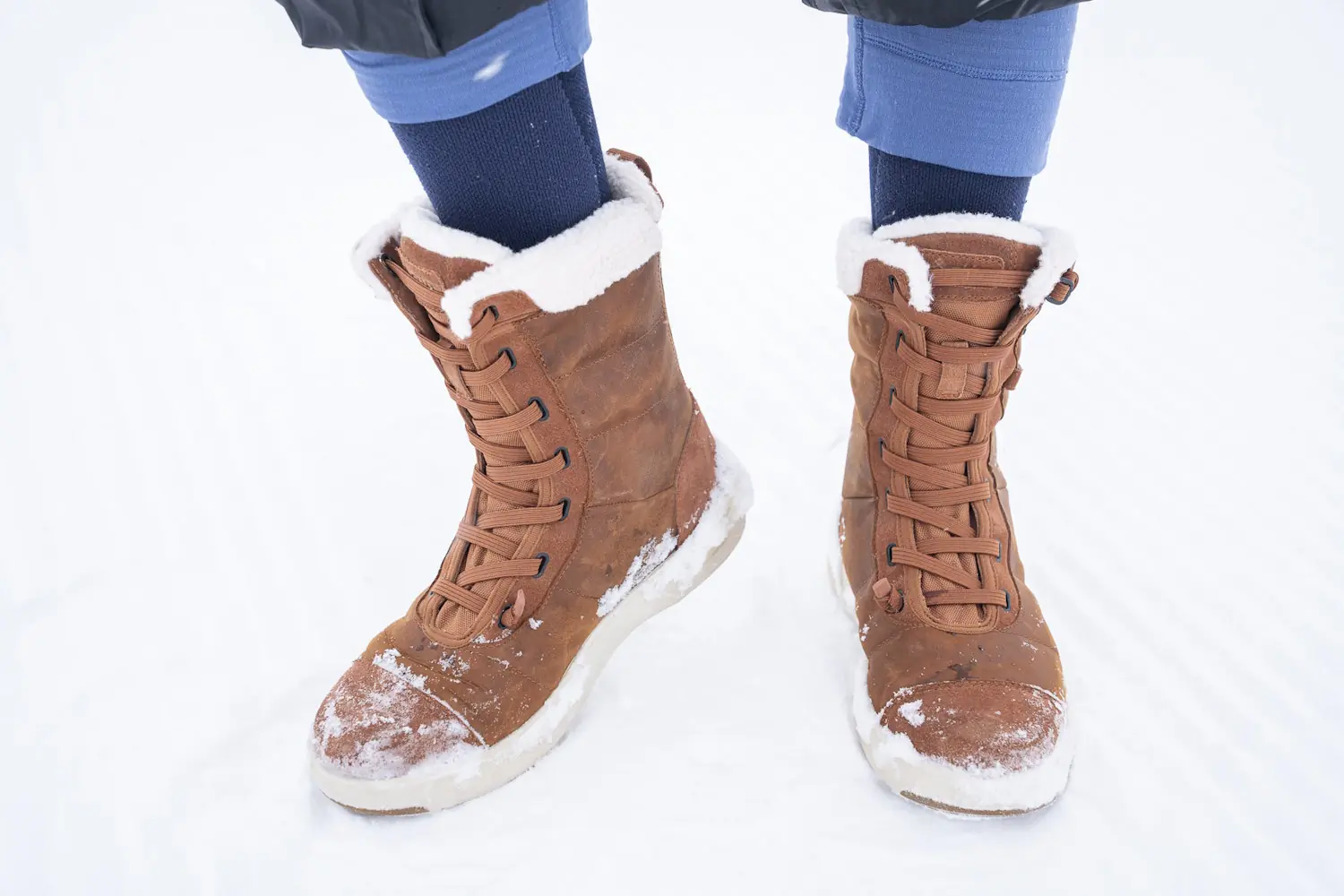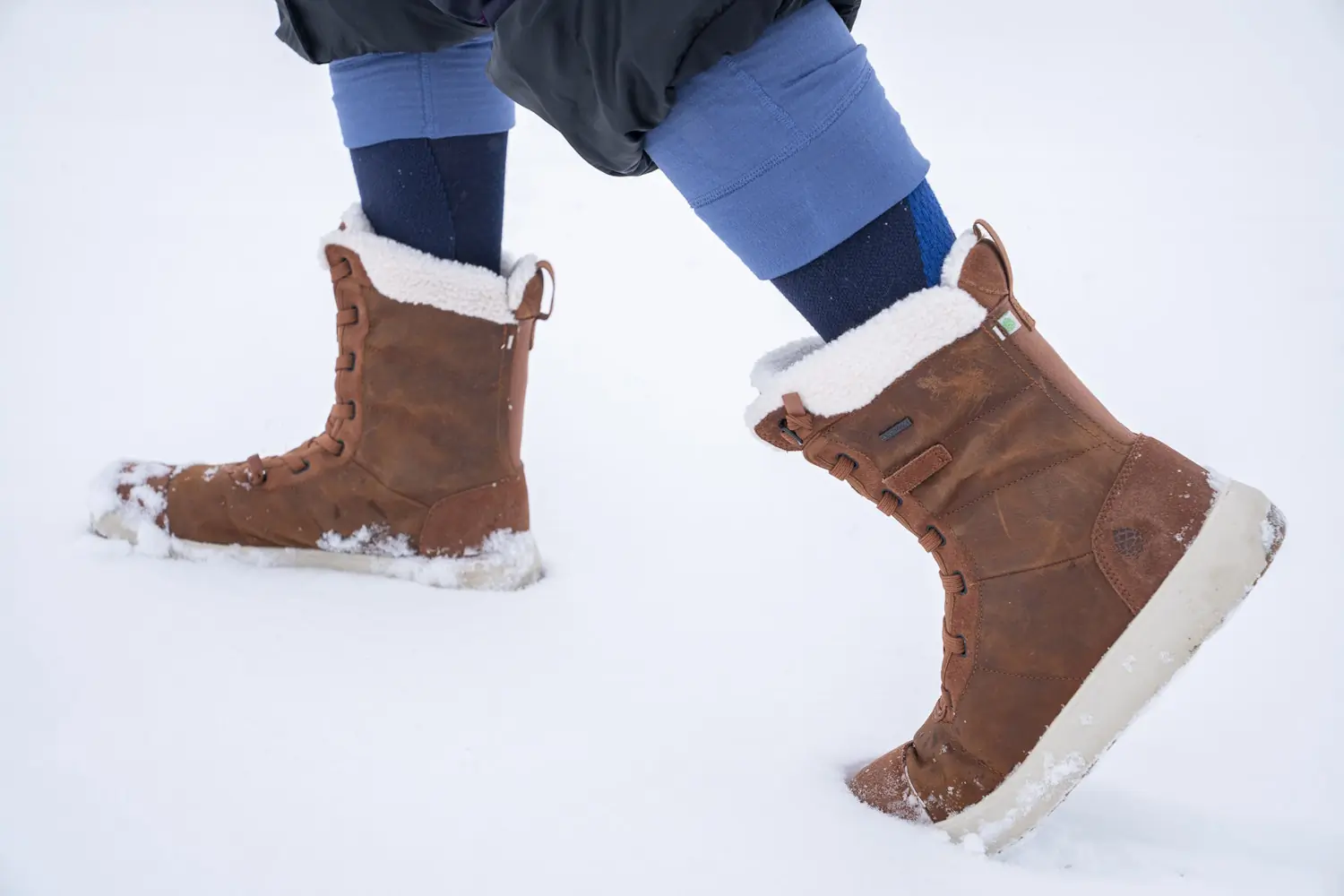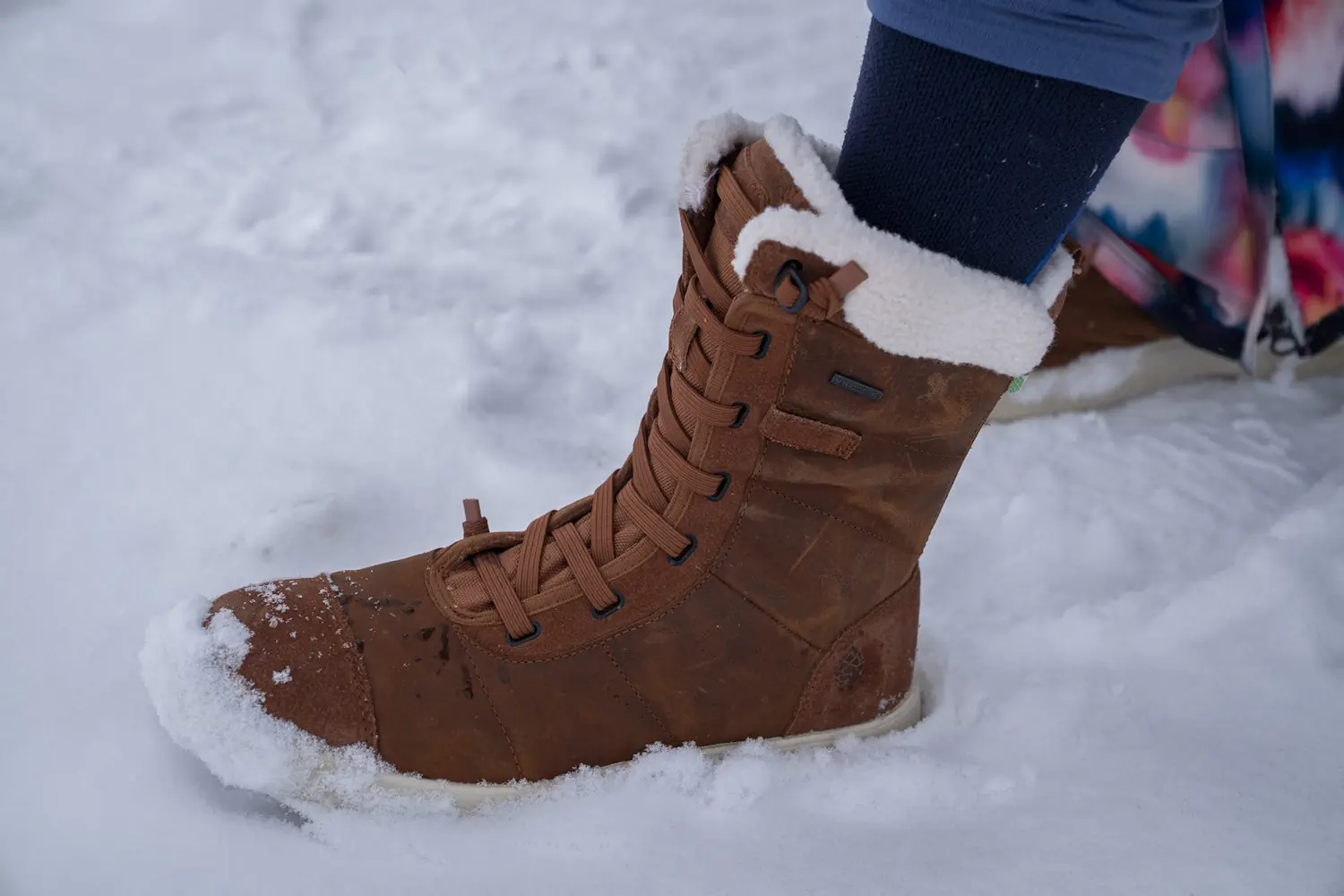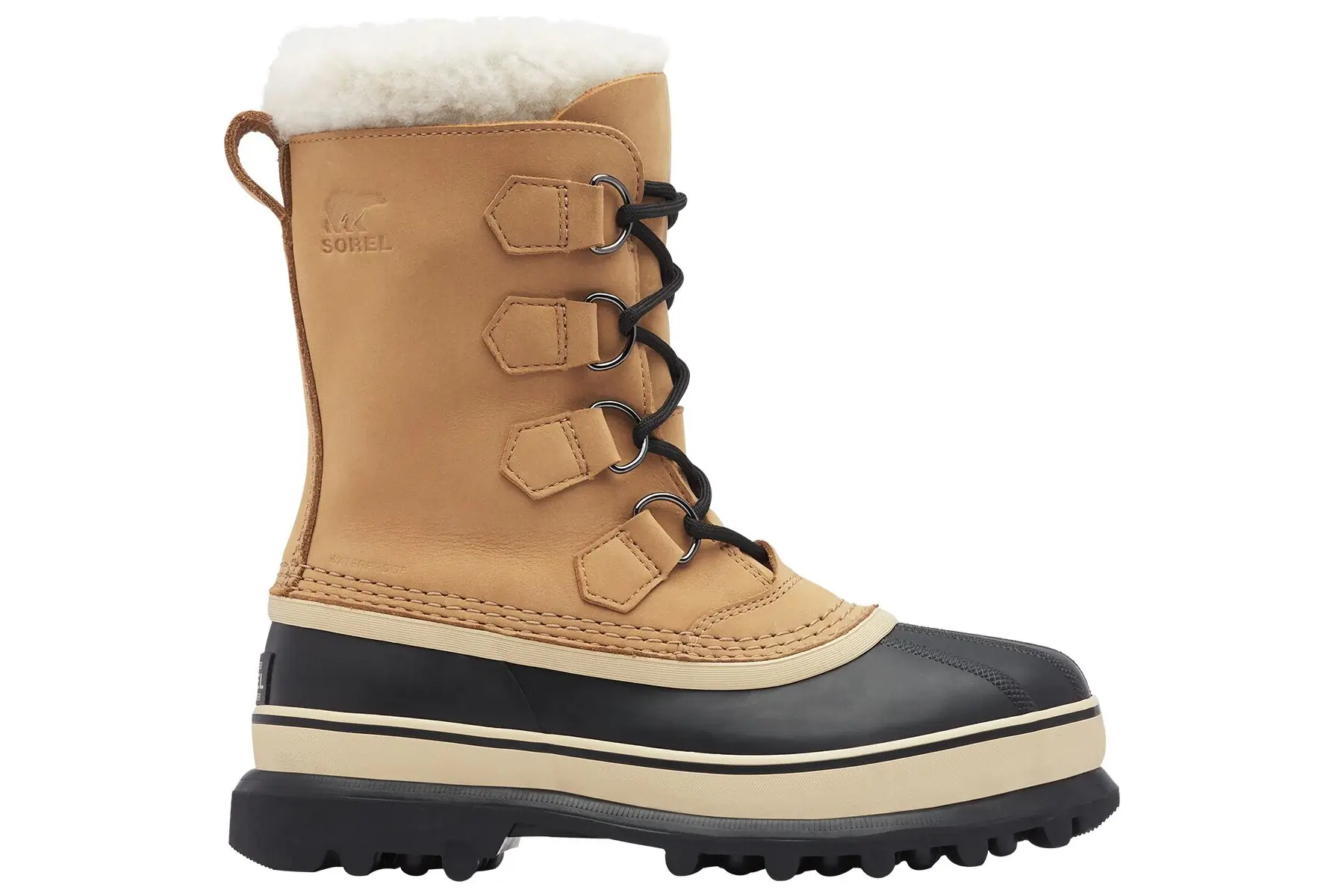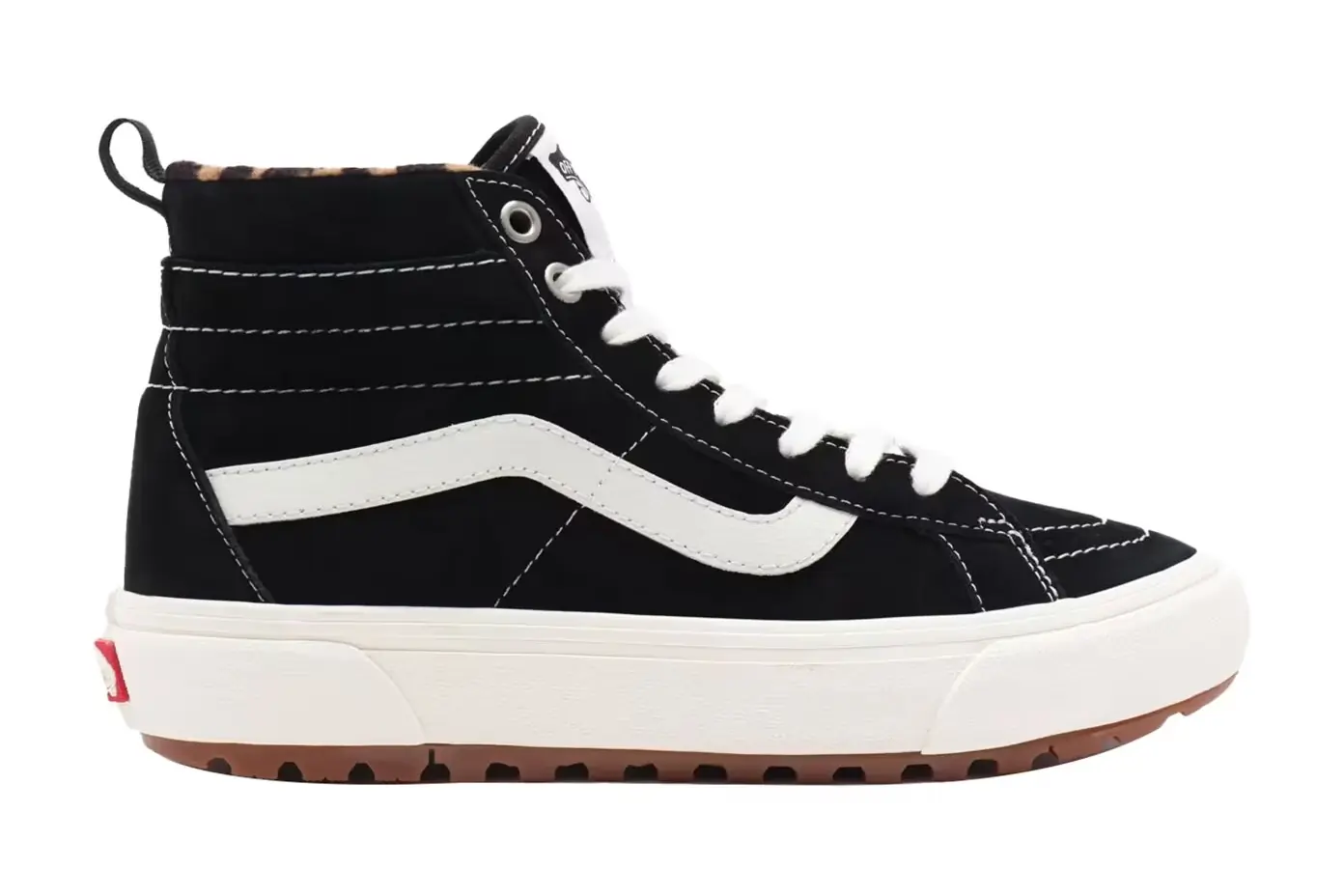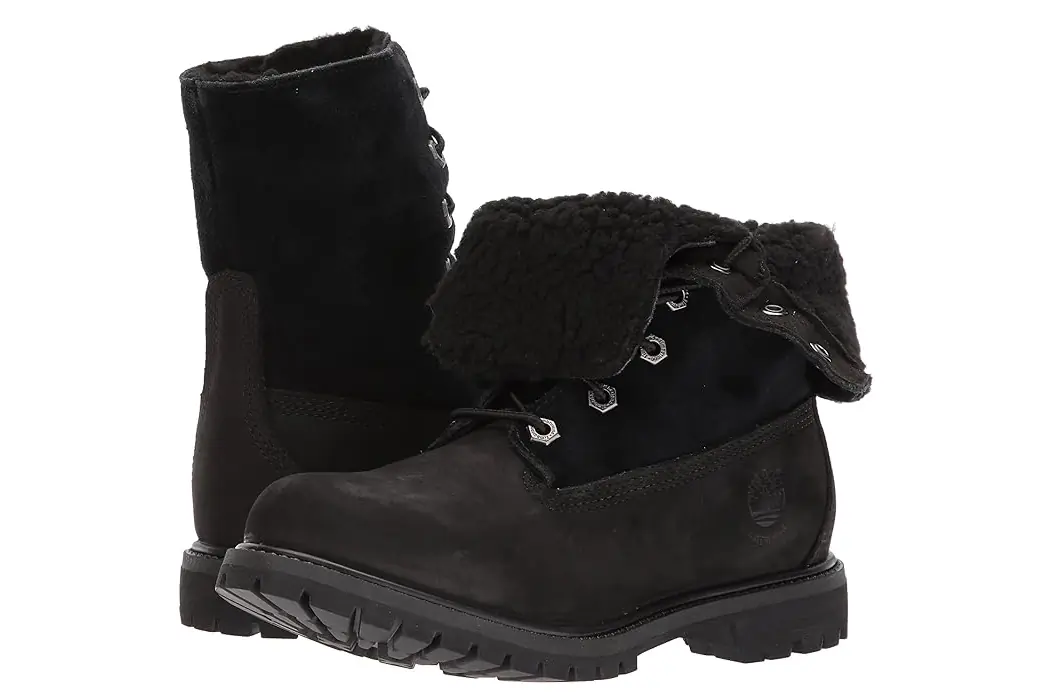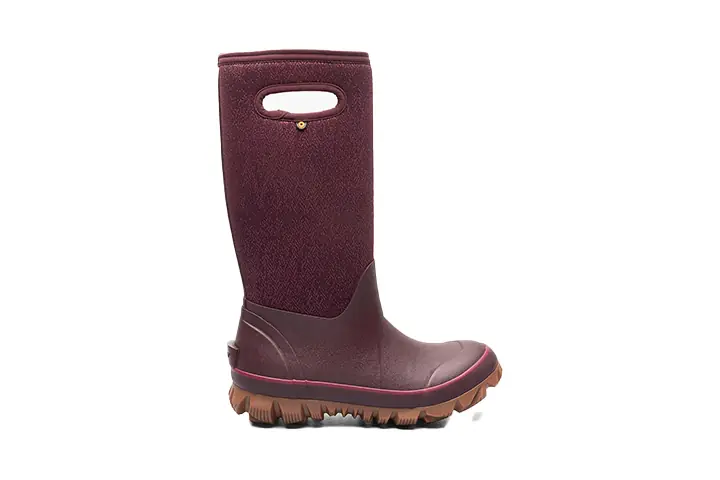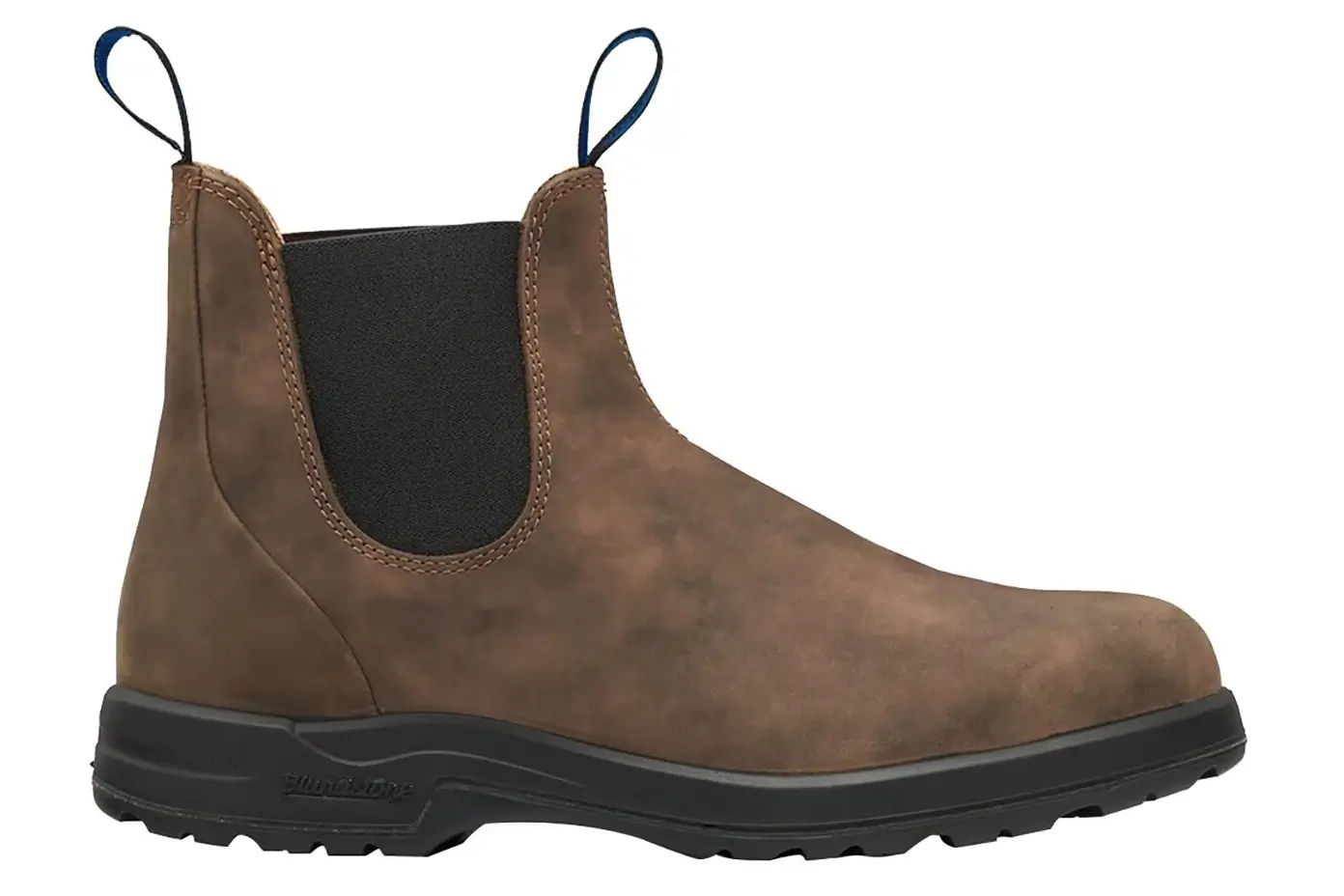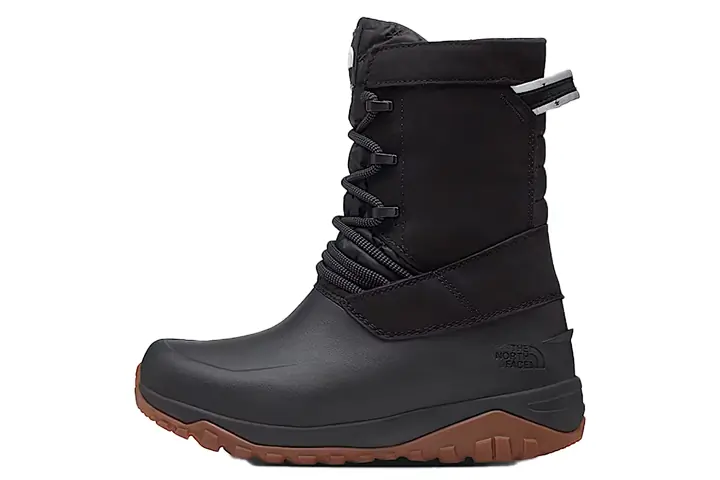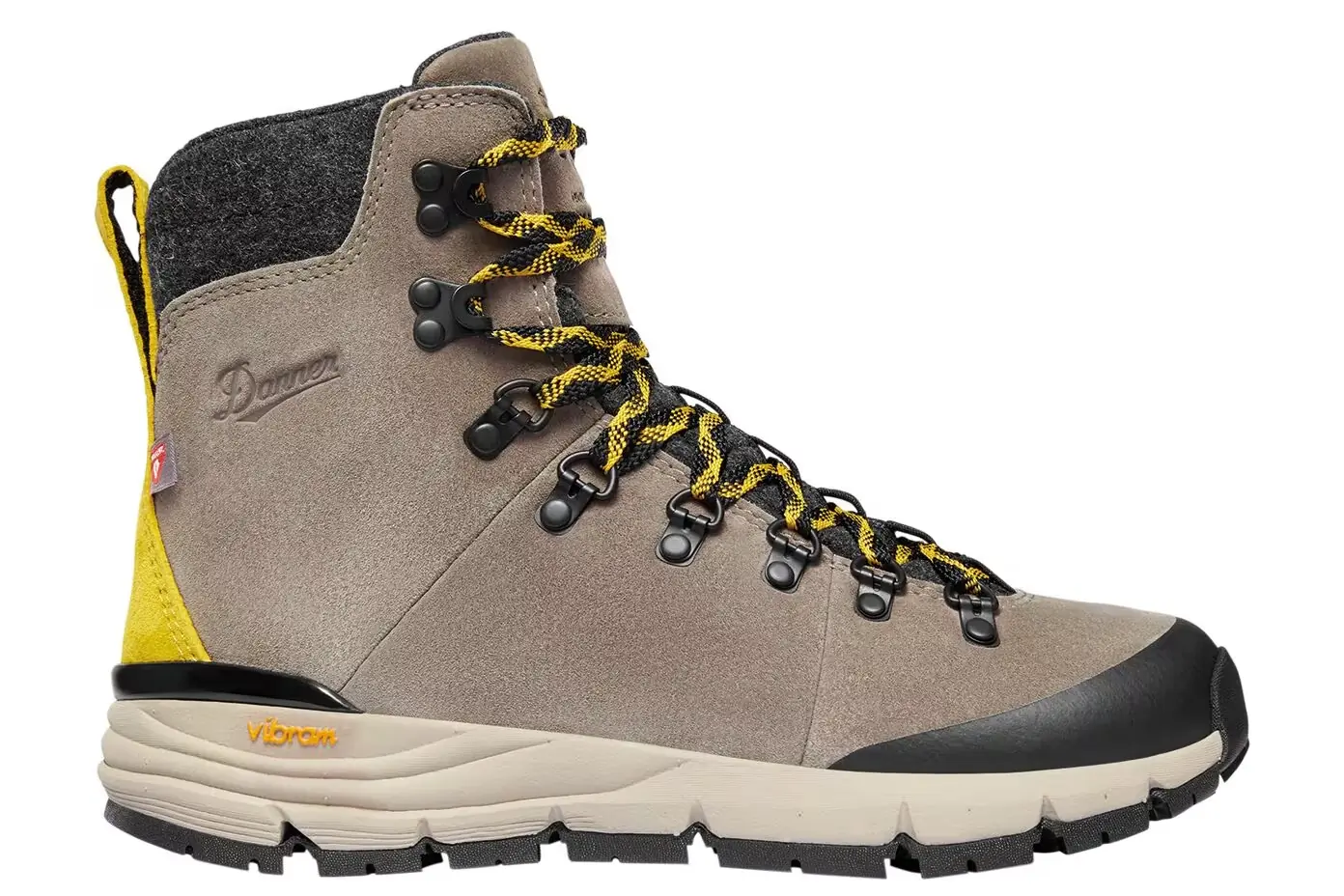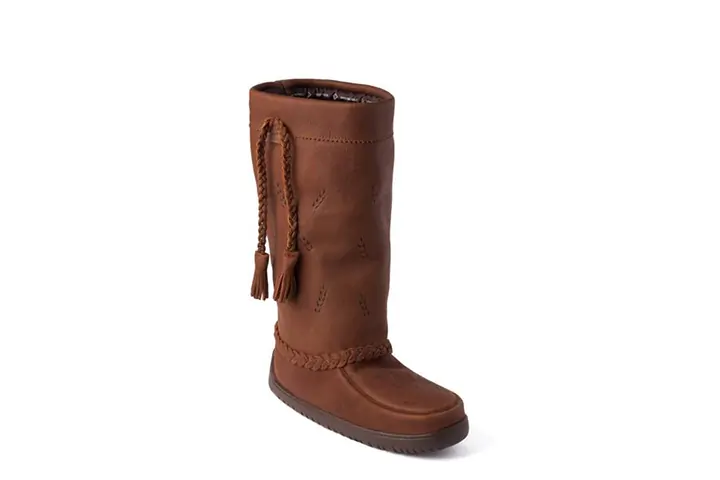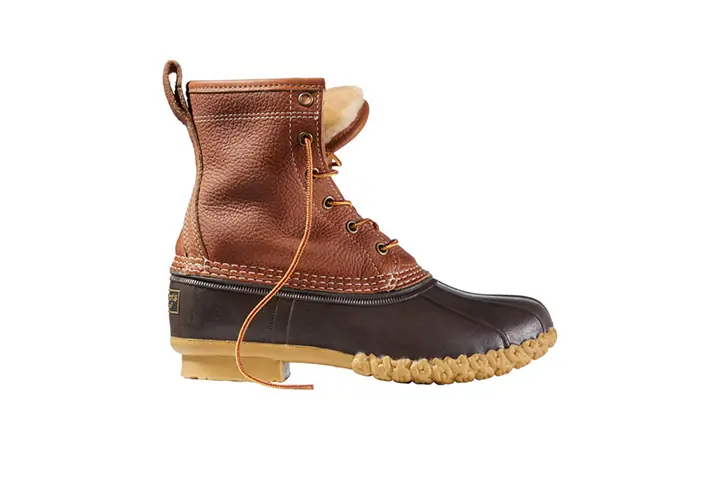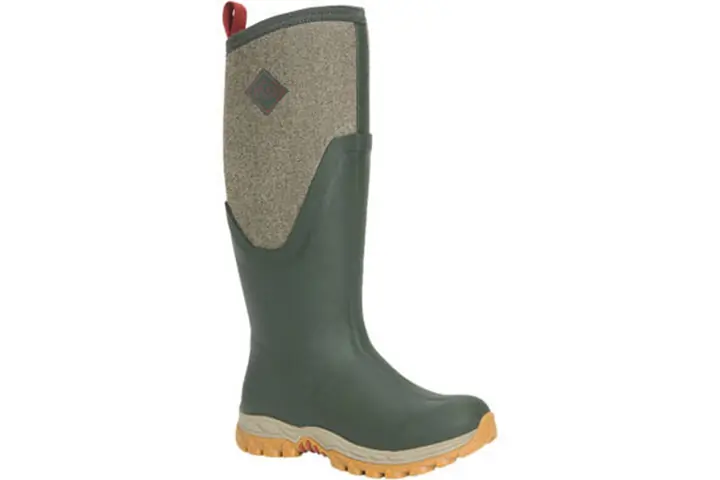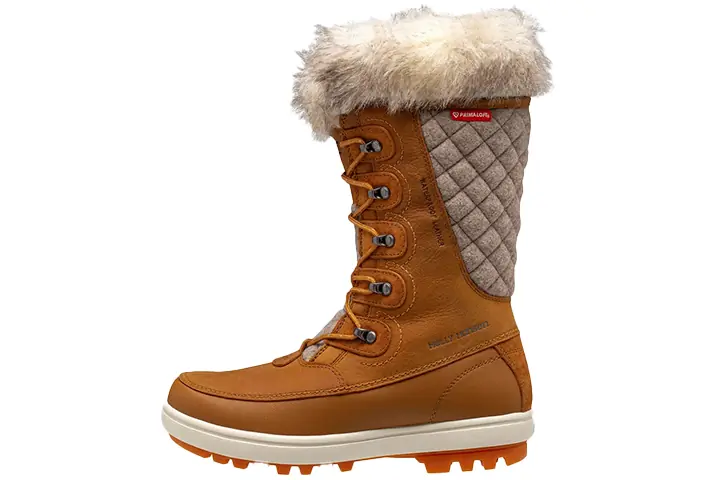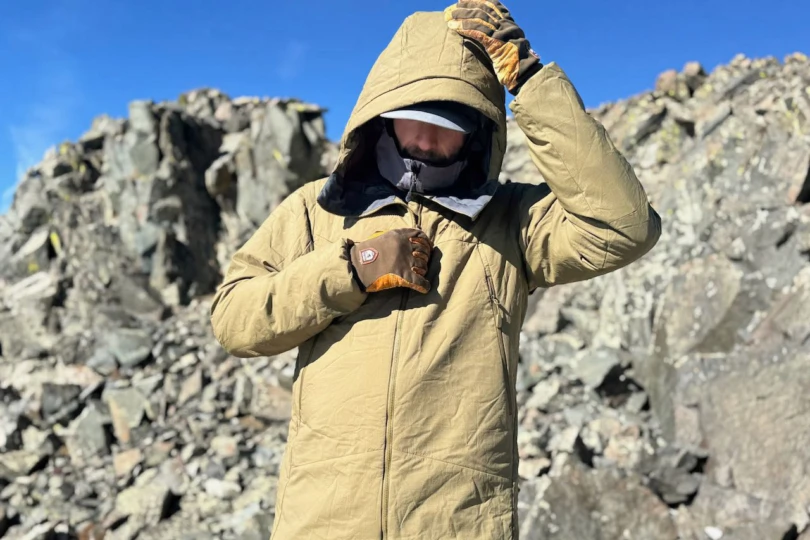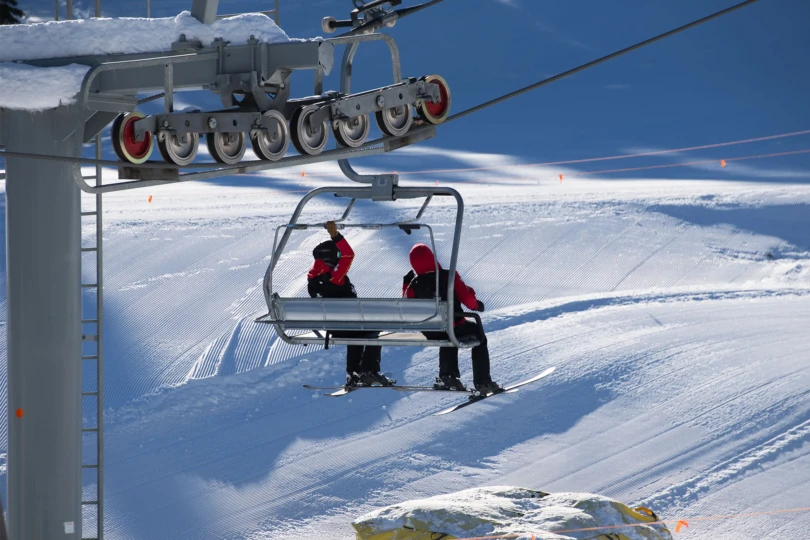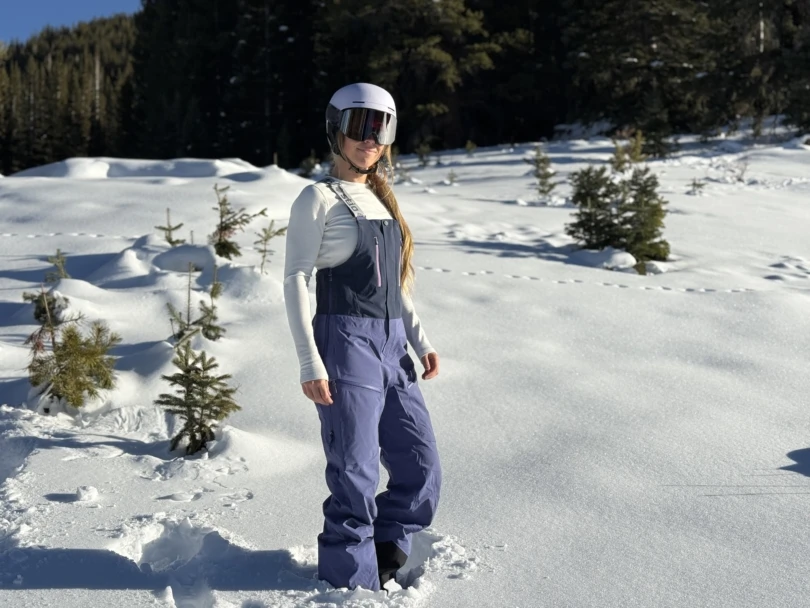When the temps drop and snow deepens, the last thing you want is for your feet to be cold — whether you’re running errands, walking to work, or shoveling the walkway. We found the best winter boots for women that are warm, supportive, comfortable, and stylish.
Women’s winter boots come in a variety of styles, including various heights, insulation, outsoles, and closure systems. For a tall, stylish, and warm everyday winter boot for deeper, colder conditions, check out the Sorel Women’s Joan of Arctic Boots. If you need an everyday winter boot for mild and moderate conditions — and get too hot in a calf-high option — take a look at the L.L.Bean Boots.
Editor’s Note: We updated our Women’s Winter Boots buyer’s guide on October 15, 2025, with the field-tested The North Face Women’s Yukiona Mid Boots. We added an extended rating system that includes Insulation, Closure System, Outsole and Tread, and Midsole. Check out more details in our Women’s Winter Boots Rating System section below.
The Best Women’s Winter Boots of 2025-2026
Best Pull-On Women's Winter Boots: Unique Elastic Lace
Stio Women’s Colter Waterproof Tall Boots
8.9/10 RatingSorel Women’s Joan of Arctic Boot
-
Insulation
8.0
-
Closure System
8.0
-
Outsole and Tread
7.0
-
Midsole
8.0
- Weight: 3 lbs., 14 oz. per pair
- Insulation: Removable 6 mm recycled felt inner boot
- Waterproofing: Waterproof suede upper, seam-sealed
- Outsole: Handcrafted waterproof vulcanized rubber shell, herringbone outsole
- Boot height: 12"
Pros
- Super tall to protect legs against deep snow
- So warm and cozy
- Stylish
Cons
- Might offer too much coverage and insulation for mild winter weather
- Takes more time to pull on and off than lower cuts
Bogs Arcata
-
Insulation
8.0
-
Closure System
8.0
-
Outsole and Tread
9.5
-
Midsole
9.5
- Weight: 1 lb., 12.8 oz.
- Insulation: 7mm Neo-Tech waterproof insulation plus faux fur lining
- Waterproofing: 100% waterproof
- Outsole: Slip-resistant for ice and packed snow
- Boot height: 9.1"
Pros
- Attractive, slender silhouette
- Super-easy to pull on and off
- Warm
- Fully waterproof with excellent traction on variable surfaces
Cons
- If you're trudging through deep snow, consider a taller option
- Faux fur collar wouldn't easily slide under pants (but does fit beneath ski pants)
Stio Women’s Colter Waterproof Tall Boots
-
Insulation
7.5
-
Closure System
9.5
-
Outsole and Tread
7.0
-
Midsole
8.0
- Weight: 1 lb., 1.6 oz.
- Insulation: 200 g of synthetic insulation plus warm polyester fleece lining
- Waterproofing: Waterproof polyurethane membrane
- Outsole: Rubber
- Boot height: 8.5"
Pros
- Streamlined, athletic fit
- Easy to pull on and off with progressive elastic lace system
- Stylish
- Cozy, comfortable, and warm
Cons
- Might feel snug on wider feet or calves
- For arctic or deep conditions, there are taller, warmer designs
Sorel Women’s Caribou Boot
-
Insulation
9.4
-
Closure System
8.0
-
Outsole and Tread
8.0
-
Midsole
7.0
- Weight: 3 lbs., 12 oz. per pair
- Insulation: Felt and Sherpa pile snow cuff
- Waterproofing: Waterproof nubuck upper, seam-sealed
- Outsole: Handcrafted waterproof vulcanized rubber shell
- Boot height: 8.5"
Pros
- Workhorse boot
- Super warm
- Stout base is great for whatever winter throws at you
- Roomier toe box allows for movement and extra warmth generation
- Cuff snags flying snowflakes
Cons
- Beefier boot isn't the most nimble
- Might be too overbuilt for some days and plans
- A tad heavier than other options — a small price paid for a durable snow boot
Vans Sk8-Hi Waterproof Insulated Shoe
-
Insulation
5.0
-
Closure System
5.0
-
Outsole and Tread
5.0
-
Midsole
5.0
- Weight: Unavailable
- Insulation: PrimaLoft
- Waterproofing: Yes
- Outsole: Multi-directional, deeper lugs
- Boot height: High-Top (just above the ankle)
Pros
- Stylish
- Great hybrid snow shoe for damp, cold conditions
Cons
- No calf coverage for deep snow
Timberland Authentics Waterproof Roll-Top Boot
-
Insulation
7.5
-
Closure System
5.5
-
Outsole and Tread
8.0
-
Midsole
5.5
- Weight: 2 lbs., 12 oz. per pair
- Insulation: Teddy fleece liner
- Waterproofing: Yes, full-grain leather upper is treated for waterproofness
- Outsole: Rubber
- Booth Height: 7.5”
Pros
- Supportive and protective while doing work
- Waterproof
- Stylish
- Warm
Cons
- Can be too toasty for longer durations at bustling indoor settings like concerts
- Takes a few extra seconds to lace up and down compared to other looser fitting styles
Bogs Whiteout Faded
-
Insulation
8.0
-
Closure System
9.0
-
Outsole and Tread
9.0
-
Midsole
8.0
- Weight: 1 lbs, 14.3 oz.
- Insulation: 7mm Neo-Tech waterproof insulation plus fleece lining
- Waterproofing: 100% waterproof
- Outsole: Slip-resistant for ice and packed snow
- Boot height: 12 in.
Pros
- Extremely comfortable under foot support
- Tall and fully waterproof
- Warm
- Excellent grippy outsole for ice and packed snow
Cons
- A more utilitarian look might not be everyone's cake
- Really tall boots require layering technique
Other Women’s Winter Boots Our Hooves Love
-
Insulation
9.0
-
Closure System
8.5
-
Outsole and Tread
7.5
-
Midsole
7.0
- Weight: 4 lbs.
- Insulation: Yes, B-Tek Heat hollow-fiber synthetic insulation
- Waterproofing: Yes, B-Tek waterproofing
- Outsole: Polar rubber outsole
- Boot height: 7″
Pros
- Well-suited for extreme temps
- Great traction
Cons
- Heavy
-
Insulation
7.5
-
Closure System
9.0
-
Outsole and Tread
9.0
-
Midsole
9.0
- Weight: 2 lbs., 9 oz. per pair
- Insulation: Yes, 200 g
- Waterproofing: Oboz B-Dry membrane
- Outsole: Winterized rubber
- Boot height: 7"
Pros
- Convenient and quickly slip on
- Excellent outsole with ample support and traction
- Comfortable
- Stylish work boot that looks good with everything
- Perfect warmth for yard work and running errands or road trips
Cons
- Ankle-high means that fluffy deep snow is your worst enemy
- No faux fur will catch flurries that want to fly over
-
Insulation
7.5
-
Closure System
5.5
-
Outsole and Tread
6.0
-
Midsole
6.5
- Weight: 2 lbs., 3.6 oz. per pair
- Insulation: 200 g Primaloft
- Waterproofing: Waterproof nubuck leather upper
- Outsole: Proprietary rubber outsole with temperature-sensitive lugs for traction
- Boot height: 8"
Pros
- Athletic and streamlined fit and feel, like a running shoe
- Well-fitted upper slides easily beneath stretchier pants or hugs tight pants
- Lightweight
- Unique eyelets have both holes (to thread the laces) or traditional hooks
Cons
- Fit is narrow, so consider sizing up if you prefer thicker socks or more room
- Shallow lugs are not ideal for icy conditions
- Not easy to slip on and off
-
Insulation
6.5
-
Closure System
6.5
-
Outsole and Tread
7.5
-
Midsole
6.5
- Weight: 2 lbs, 4.7 oz
- Insulation: 200G PrimaLoft Gold insulation
- Waterproofing: Danner Dry waterproof protection
- Outsole: Vibram Nisqually Arctic Grip outsole with Arctic Grip AT technology
- Boot Height: 7”
Pros
- Creative boot entry with laces, speed hooks and a side zipper
- Great underfoot support with EVA midsole and Ortholite footbed
Cons
- Athletic fit might be uncomfortable if your feet tend to swell
- Size zipper isn’t smoothest while opening (but works)
-
Insulation
8.0
-
Closure System
8.0
-
Outsole and Tread
5.0
-
Midsole
5.0
- Weight: 1 lb., 12.8 oz
- Insulation: Sheepskin shearling fur
- Waterproofing: Three layers of waterproof sealant coat four inches high on the waterproof full-grain leather
- Outsole: Rubber
- Boot height: 13.5 in.
Pros
- Stylish and feminine
- Roomy shaft
- Great insulation
Cons
- Does not offer firm support that some folks might want
- The rounded shape makes it difficult to designate a left and right boot
-
Insulation
7.0
-
Closure System
7.0
-
Outsole and Tread
8.9
-
Midsole
9.0
- Weight: 1 lb., 7 oz.
- Insulation: Shearling fur interior and insulation integrated into midsole
- Waterproofing: Rubber bottom is 100% waterproof (laces are not)
- Outsole: Rubber
- Boot height: 2.5 inches above ankle
Pros
- Streamlined fit
- Waterproof rubber outsole
- Excellent choice for mild to moderate conditions
- Pairs easily with jeans
Cons
- Not full waterproof for deeper puddles
- Shorter height not a good match for deep snow
-
Insulation
8.0
-
Closure System
9.0
-
Outsole and Tread
8.0
-
Midsole
7.5
- Weight: 2 lbs.
- Insulation: Fleece lining
- Waterproofing: 100% waterproof, 5mm neoprene interior
- Outsole: Rubber
- Boot height: 16.9 in.
Pros
- Super tall boot
- Very built out for rugged conditions and work
- Easy and quick to pull on and off
Cons
- Not super fashion forward
- Heel pocket is medium to wide
-
Insulation
8.5
-
Closure System
7.5
-
Outsole and Tread
8.0
-
Midsole
8.0
- Weight: 1 lb, 1.9 oz.
- Insulation: 100g PrimaLoft, insulated 50/50 polyurethane-polyester liner
- Waterproofing: Waterproof nubuck leather
- Outsole: 100% rubber
- Boot height: Mid-calf
Pros
- Stylish
- Faux fur catches snow
- Excellent tread with deep lugs
- Lightweight
Cons
- Interior tongue does not seamlessly sit flush — needs training
- Not top choice for extended periods in below freezing temps

Women’s Winter Boots Comparison Chart
Scroll right to view all of the columns: Price, Insulation, Waterproofing, Outsole, Height.
| Winter Boots | Price | Insulation | Waterproofing | Outsole | Height |
| Sorel Women’s Joan of Arctic Boots | $240 | 6mm recycled felt inner boot | Yes | Vulcanized rubber shell, herringbone outsole | 12″ |
| Bogs Arcata Faded | $160 | 7mm Neo-Tech waterproof insulation plus faux fur lining | Yes | Slip-resistant for ice and packed snow | 9.1” |
| Stio Women’s Colter Waterproof Tall Boots | $199 | 200 g of synthetic insulation plus warm polyester fleece lining | Yes | Rubber | 8.5″ |
| Sorel Women’s Caribou Boots | $225 | Felt and faux shearling snow cuff | Yes | Handcrafted waterproof vulcanized rubber shell | 8.5″ |
| Vans Sk8-Hi Waterproof Insulated Shoe | $145 | PrimaLoft 100g | Yes | Multi-directional, deeper lugs | High-Top (just above the ankle) |
| Timberland Authentics Waterproof Roll-Top Boots | $170 | Teddy fleece liner | Yes | Rubber | 7.5” |
| Bogs Whiteout Faded | $155 | 7mm Neo-Tech waterproof insulation plus fleece lining | Yes | Slip-resistant for ice and packed snow | 12” |
| Baffin Icefield Insulated Boots | $220 | Synthetic | Yes | Polar rubber outsole | 7″ |
| Blundstone Women’s All-Terrain Thermal Chelsea Boots | $275 | 200 g | Yes | Winterized rubber | 7″ |
| The North Face Women’s Yukiona Mid Boots | $159 | 200g Primaloft | Yes | Proprietary rubber outsole with temperature-sensitive lugs for traction | 8″ |
| Danner Women’s Arctic 600 Side-Zip | $240 | 200g PrimaLoft Gold insulation | Yes | Vibram Nisqually Arctic Grip outsole | 7” |
| Manitobah Waterproof Tamarack | $265 | Sheepskin shearling fur | Yes | Rubber | 13.5” |
| L.L.Bean Women’s Bean Boots | $289 | Shearling fur interior and insulation integrated into midsole | Rubber bottom is 100% waterproof (laces are not) | Rubber | 2.5 inches above ankle |
| Muck Women’s Arctic Sport II Tall Boots | $150 | Fleece lining | Yes | Rubber | 16.5” |
| Helly Hansen Women’s Garibaldi Vl Insulated Winter Boots | $215 | 100g PrimaLoft, insulated 50/50 polyurethane-polyester liner | Yes | 100% rubber | Mid-calf |

How We Tested Women’s Winter Boots
Our team originally published this guide in 2020, and we’ve tested dozens of women’s winter boots over the past five winter seasons to select the top designs. The guide has been updated seven times to make sure we’re including the most innovative, comfortable, time-tested pairs.
Our gear testers live in cold winter climates, so we put these boots to the test in an array of snowy, icy, and wintry conditions — everything from light snow to heavy blizzards and icy terrain.
Our Expert Testers
After growing up in the San Juan Mountains, Senior Editor Morgan Tilton is now based in one of the snowiest, coldest locals in the Lower 48: Crested Butte, Colo., where frigid temps, snow, and ice can stretch across 7 months. She tests women’s winter boots nearly every day from October through May. She’s always owned a pair of winter boots — and the designs keep getting better.
Contributor Mary Murphy put in more than 500 testing hours to help find the best winter boots for women. Her top picks were a culmination of the best boots in terms of quality, traction, warmth, and durability.
Tester Mallory Paige created the original iteration of this guide.
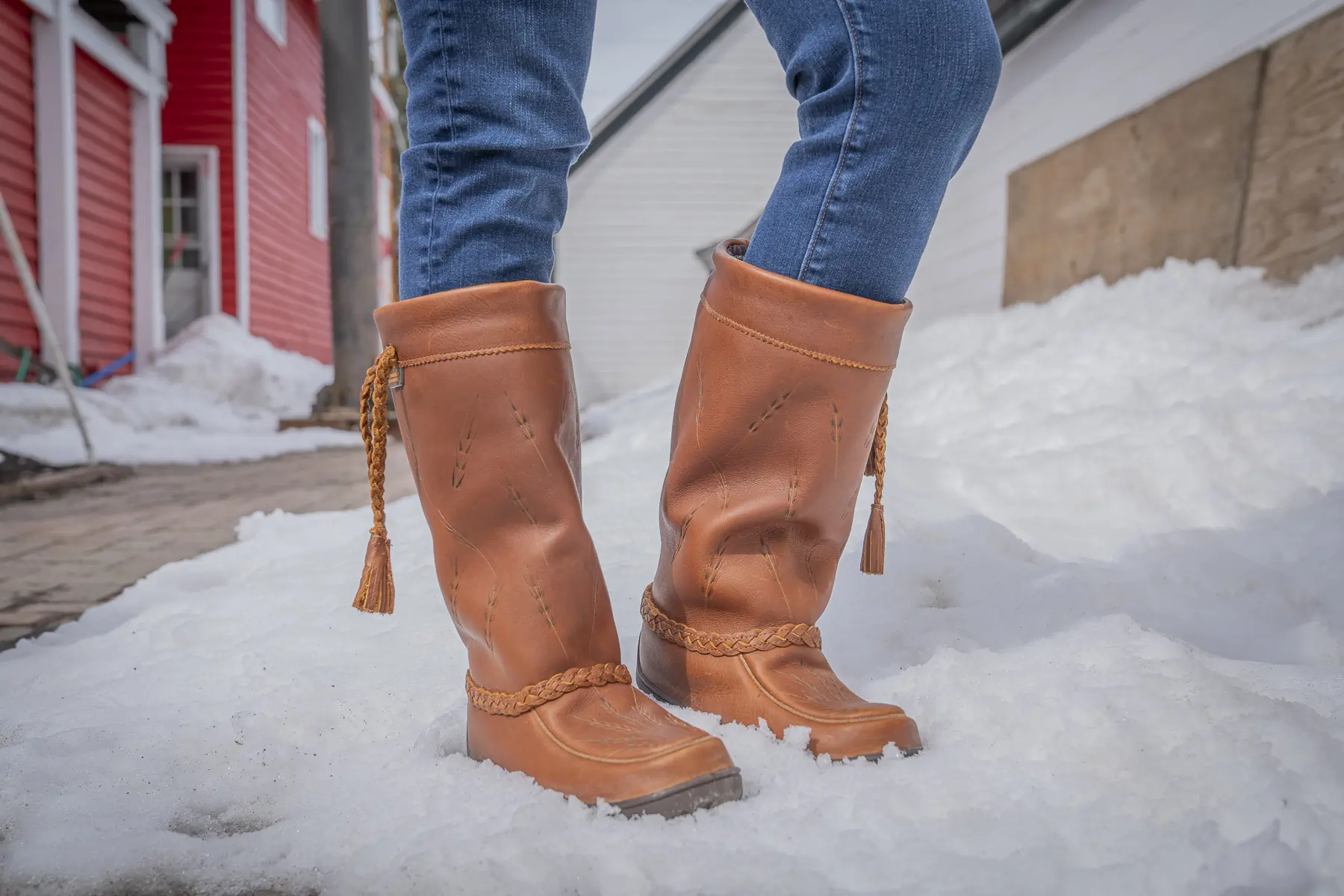
Our Testing Grounds
Tilton tests women’s winter boots in temperatures ranging from -15 to 40 degrees Fahrenheit. She pulls on boots for loads of shoveling, trailering to the trailhead for backcountry skiing, and running errands whether that’s by foot, bike, or truck.
Murphy is based in Denver and travels all over the state while testing winter boots.
Our Testing Process
While testing women’s winter boots we consider the insulation, ease of entry and exit, closure system, outsole, midsole, traction, tread, cuff, style, overall fit, comfort, durability, waterproofness, price, and value. We also consider the most popular, innovative, and legacy products available.
We make sure to include a variety of boot heights and insulation levels for different winter climates and use.
Each pair of boots is tested in below freezing temps (at least 0 to 32 degrees), across icy surfaces, during snowfall, and through slush and puddles. They are also tested on walks for support and comfort and while shoveling for heat generation.
Full disclosure: One test we do not complete is wearing our winter boots while sitting at our desk. But based on our previous experiences of committing to an office, we suggest wearing a shorter, less insulated boot if you plan on wearing them after your commute. Alternatively, you could keep a pair of office shoes at your desk to change into or carry a slender pair of slip-ons in a pack.
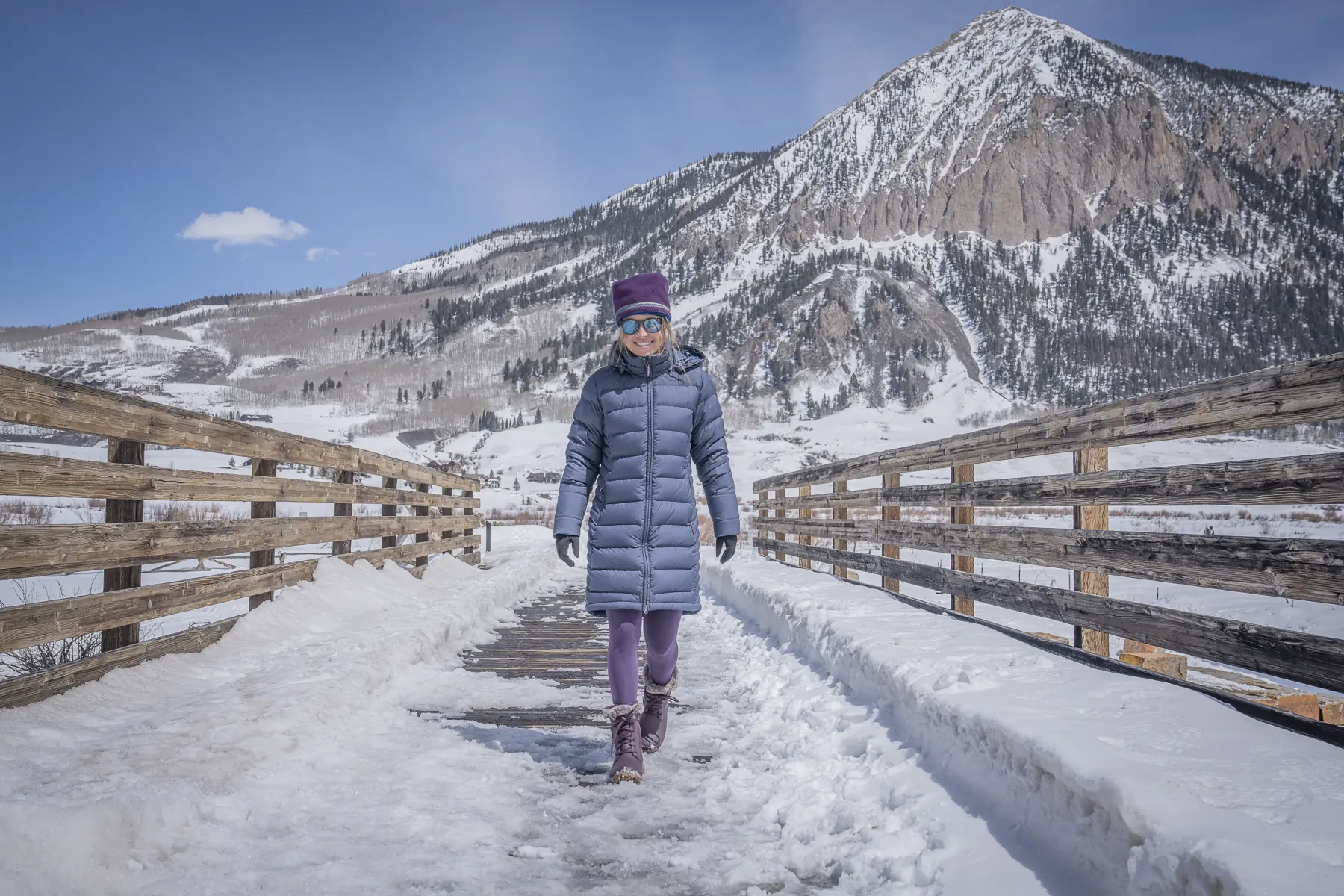



Check out more details in our Women’s Winter Boots Rating System section below.
Our Women’s Winter Boots Rating System
We score each pair of women’s winter boots on a 1–10 scale for Insulation, Closure System, Outsole and Tread, and Midsole.
Insulation is key — it’s what keeps your feet toasty and safe. A range of insulation types exist including synthetic, wool blend and felt liners, shearling, and faux fur liners. The quantity of insulation influences the warmth. Each boot is rated to be comfortable in a certain temperature range, which we test.
Closure systems vary greatly from boot to boot. You’ll find lace up, pull-on, zippers, BOA dials, and hook-and-loop straps. The design of the tongue, which can be gusseted, as well as the padding along the collar, can influence the comfort of the closure system. The closure design affects how easy and quickly you can pull on your snow boots. Durability can vary, too, across laces and hardware like eyelets.
Outsole and tread plays a role in how secure each step is across variable ground. Aggressive and deep lugs increases traction, and the type of rubber in an outsole can increase grip and durability.
Midsole quality and comfort is highly underrated — this can make or break our favorite winter boots.
The Overall Rating is based on contextual, editorial judgment, and the complex user experience across various scenarios and conditions.
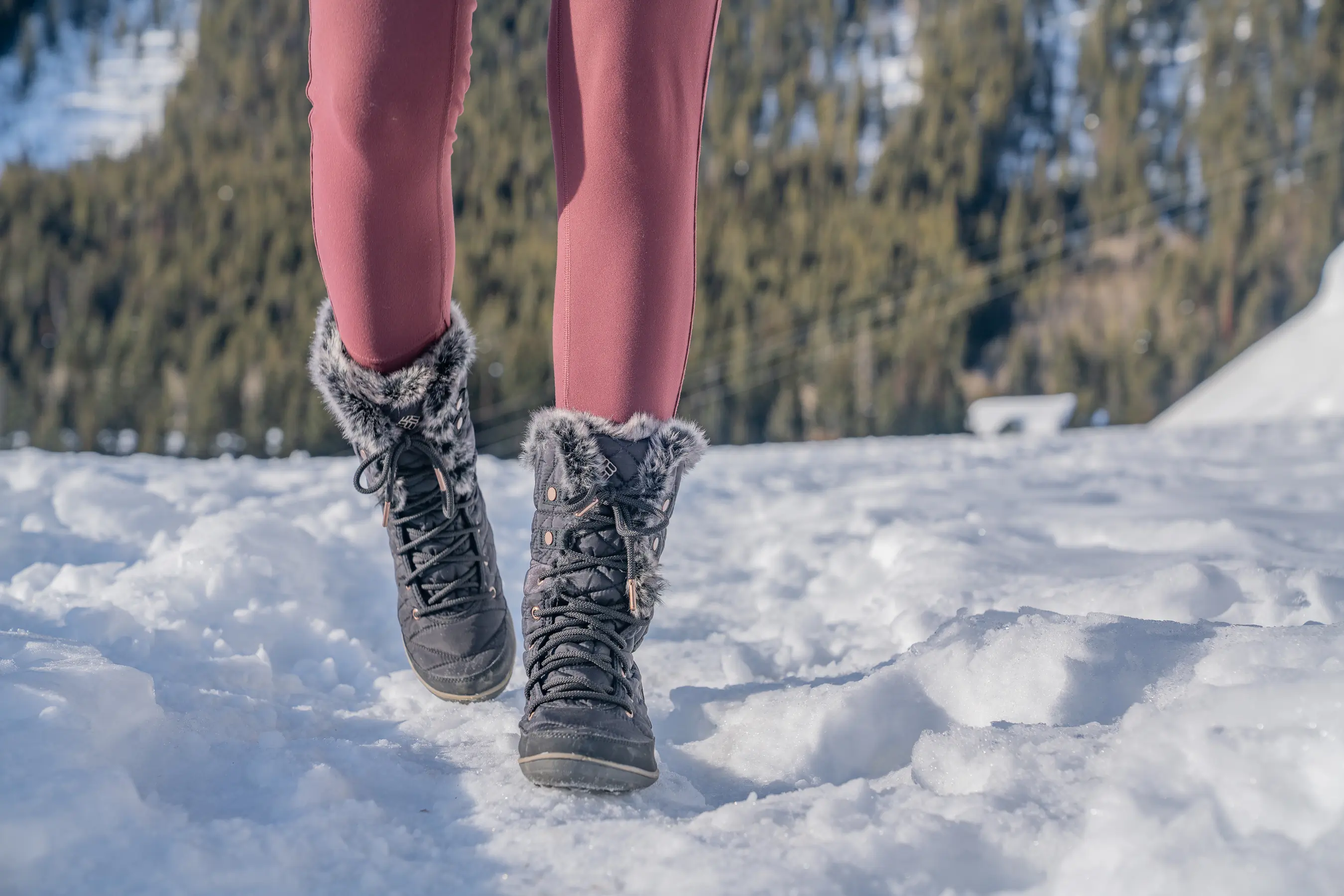



Buyer’s Guide: How to Choose Winter Boots
Winter boots come in all sorts of shapes and styles. As our list of recommendations demonstrates, the winter boot market contains everything from extreme weather work boots to stylish formal footwear. With so many options, it can feel daunting to sift through the pile and select the perfect pair.
When choosing the best winter boots for you, it’s important to understand some of the key factors that differentiate one pair from the next. In this comprehensive buyer’s guide, we thoroughly explain each of these factors to help you make a confident and informed choice.
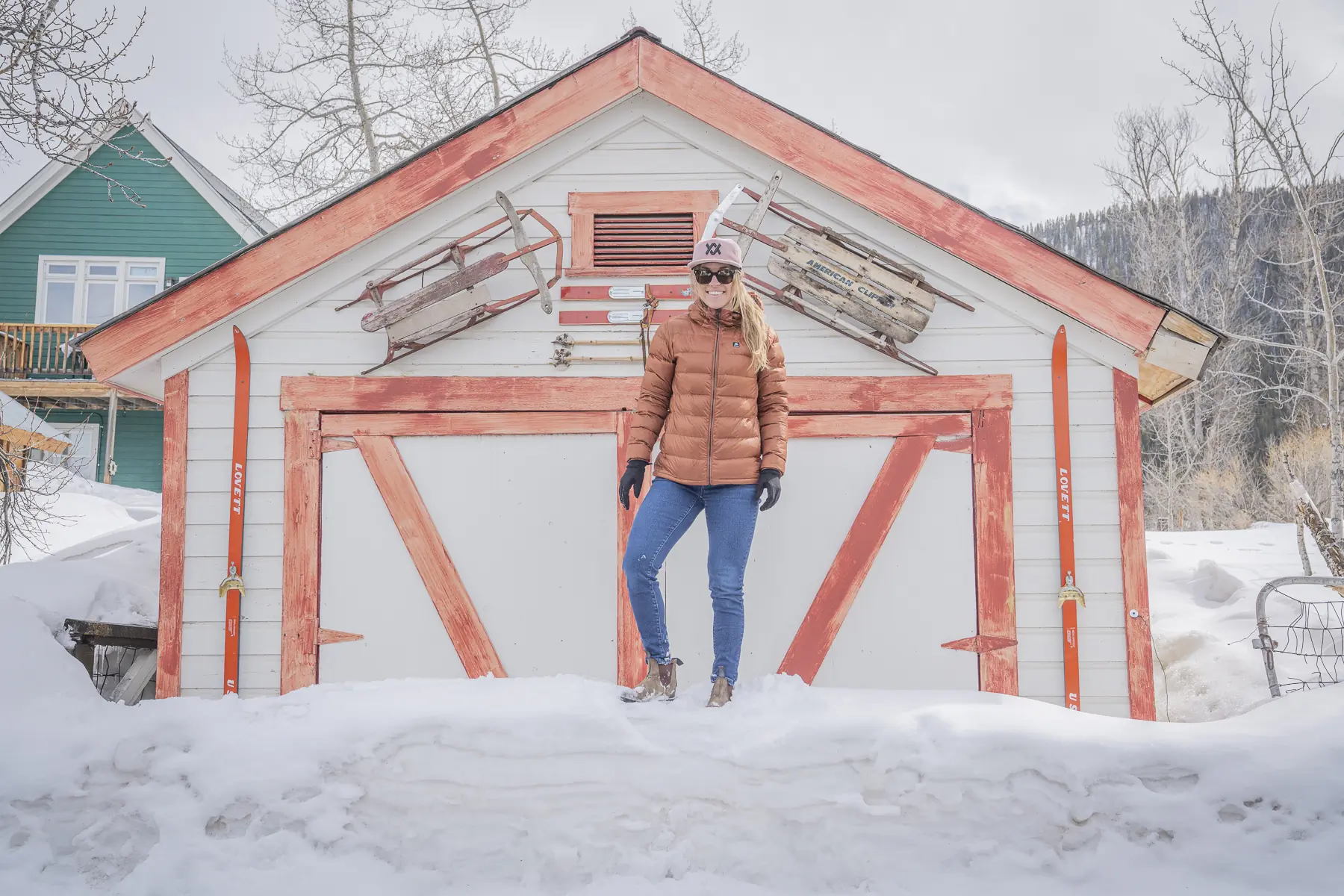



Insulation: Women’s Winter Boots
Any winter footwear worth its weight will offer plentiful warmth. Many winter boots come with a specific temperature rating. While these ratings can be helpful guidelines, the actual feel of a pair of boots will always be a better indicator of warmth than a manufacturer’s rating.
Often, boots claim to have very impressive temperature ratings well below zero. Because there is no standardized test for boot temperature ratings, always take these numbers with a grain of salt. The warmth of a boot comes from various factors, including sock thickness, activity level, personal cold tolerance, and much more.
A winter boot rated to -10 will likely feel warmer than a boot rated to zero made by the same manufacturer. Using temperature ratings to compare boots from different manufacturers is a less reliable practice. We certainly recommend trying boots on to get a real impression of their warmth and comfort.
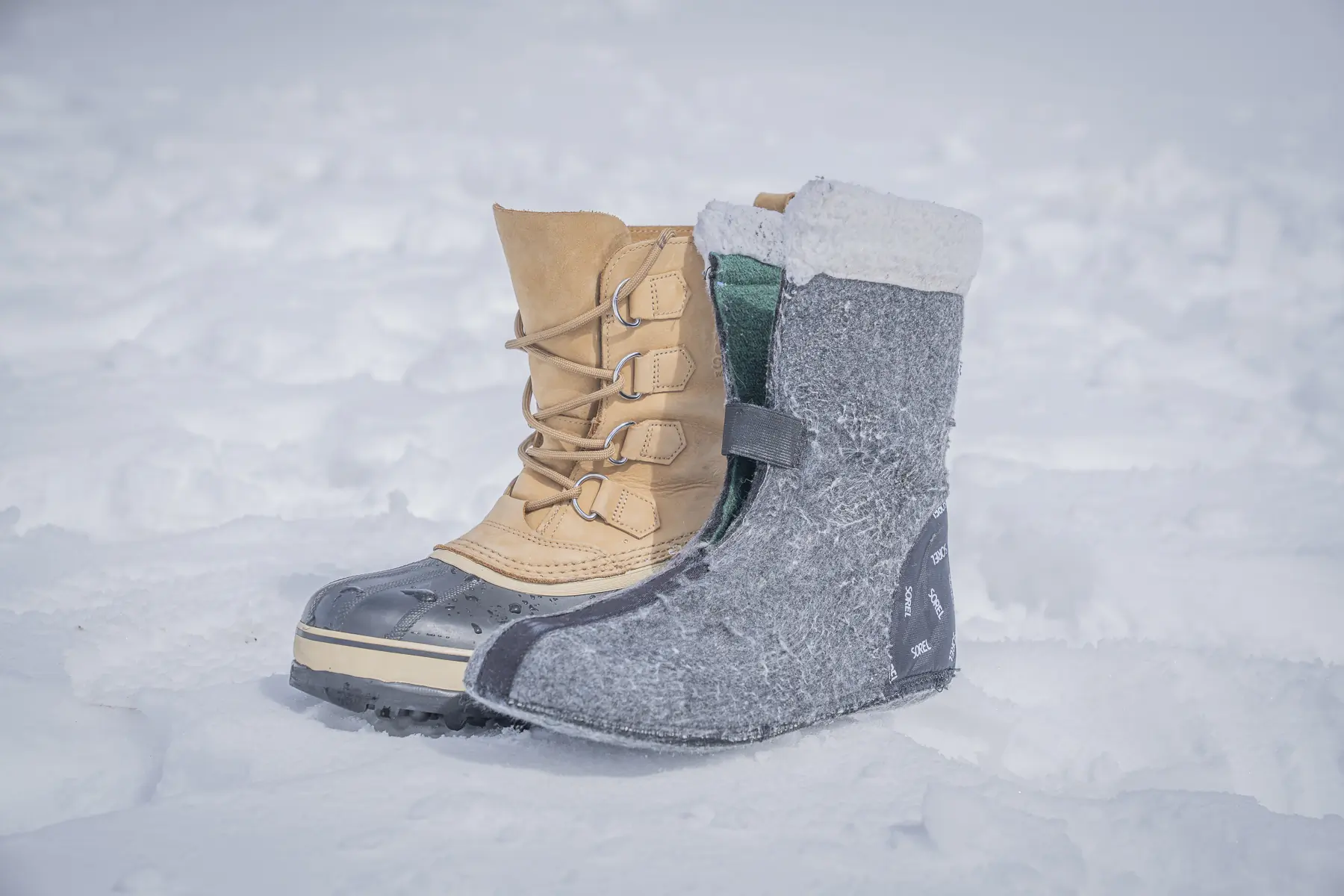



Insulation Type
Winter boots utilize a variety of different insulation types to achieve the desired combination of warmth and comfort. The most common types of insulation are synthetic, felt, and sheepskin.
Synthetic Insulation
Most modern winter boots are equipped with synthetic insulation. Between the outer shell and the inner lining of the boot, synthetic materials provide lightweight and durable warmth. Perhaps the most important benefit of synthetic material is that it can insulate even when wet.
Popular name-brand synthetic insulation options include Thinsulate and PrimaLoft, though many other quality options are available. No matter the name brand, the total weight of synthetic insulation will always be a better indicator of warmth than the name brand.
Many manufacturers include the insulation weight in their boot specifications. Lightweight to midweight boots will usually have a fill rating between 200 and 400 g. If you are seeking heavy-duty boots for extreme cold, look for a fill rating of at least 300 g.
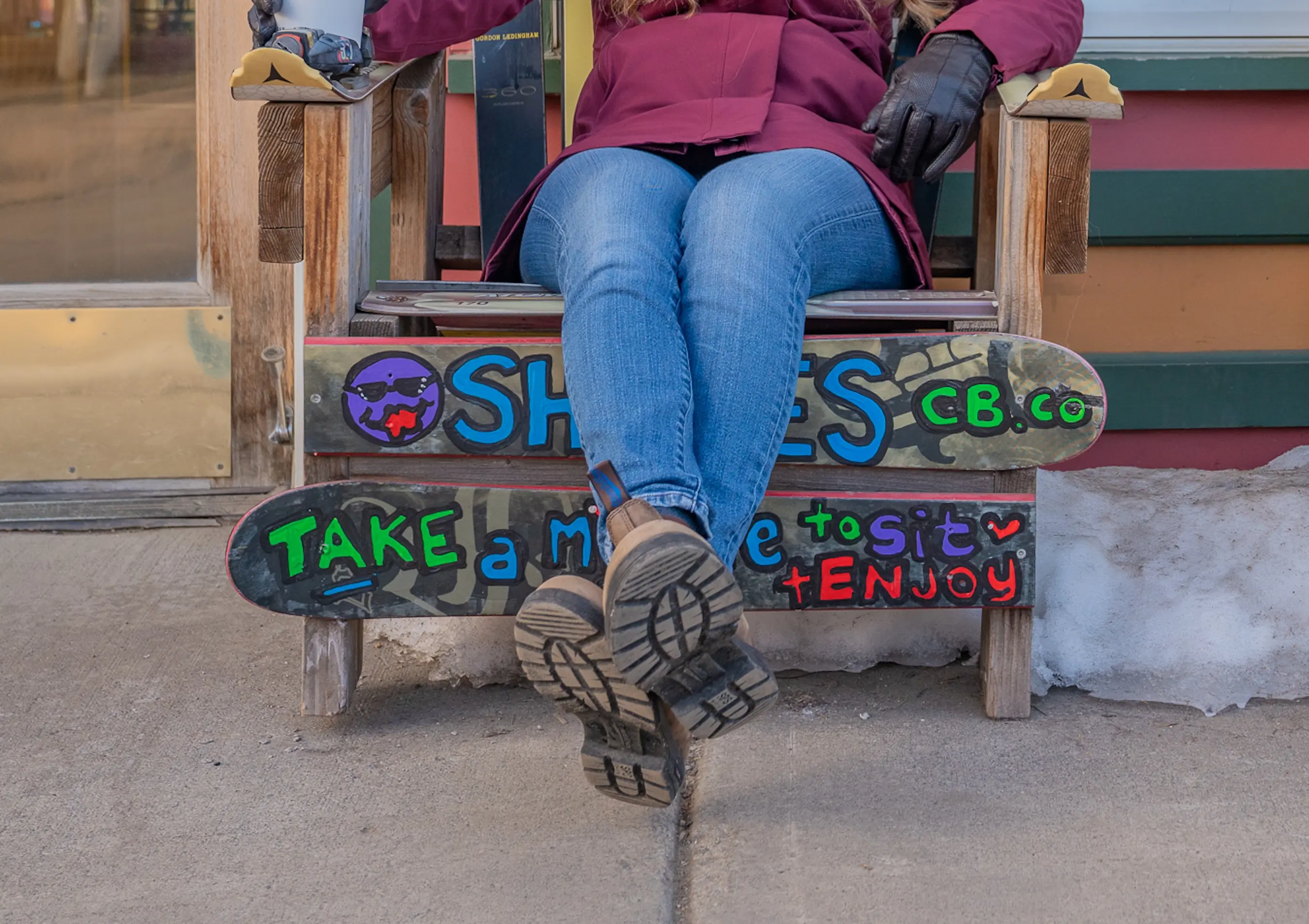



Felt & Sheepskin
Felt and sheepskin are materials that have long been used to insulate winter footwear. While synthetic insulation is by far the current norm, some manufacturers opt for classic and traditional materials.
The downside of felt and sheepskin insulation is they tend to be heavy and bulky. Still, these materials can be warm and comfortable.
Usually, felt and sheepskin are utilized in a boot’s lining where they can be in direct contact with the foot. While these materials provide warmth even when wet, they may become extra heavy when saturated and require lots of time to dry.
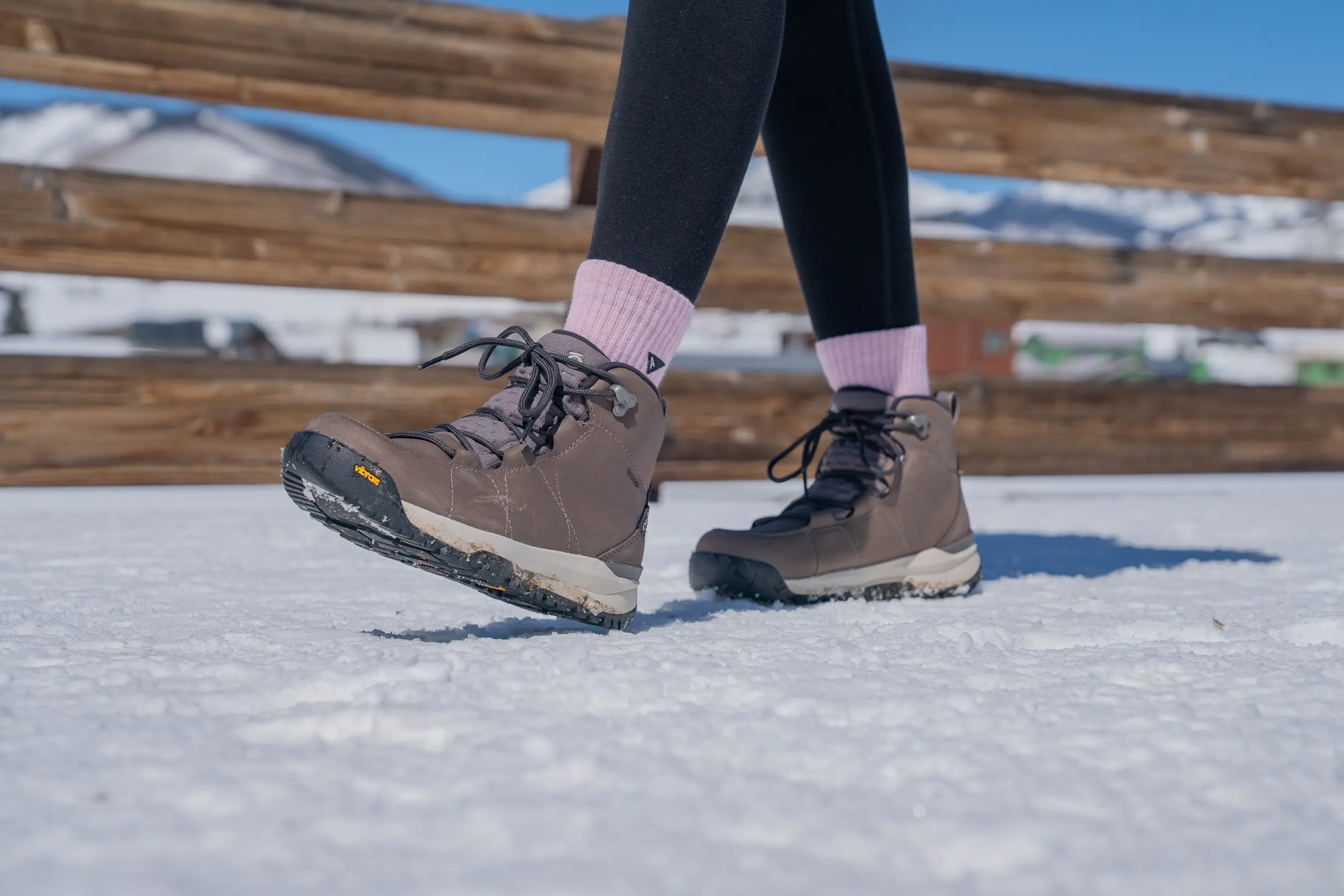



Weight: Women’s Winter Boots
As you might expect, heavier boots are usually built for the worst conditions, while lightweight winter boots are better for moderate temperatures and less demanding uses. As the thickness of outsoles and the fill rating of insulation increases, overall weight goes up. Lightweight winter boots are great for active use, but they often sacrifice some stability, grip, and warmth.
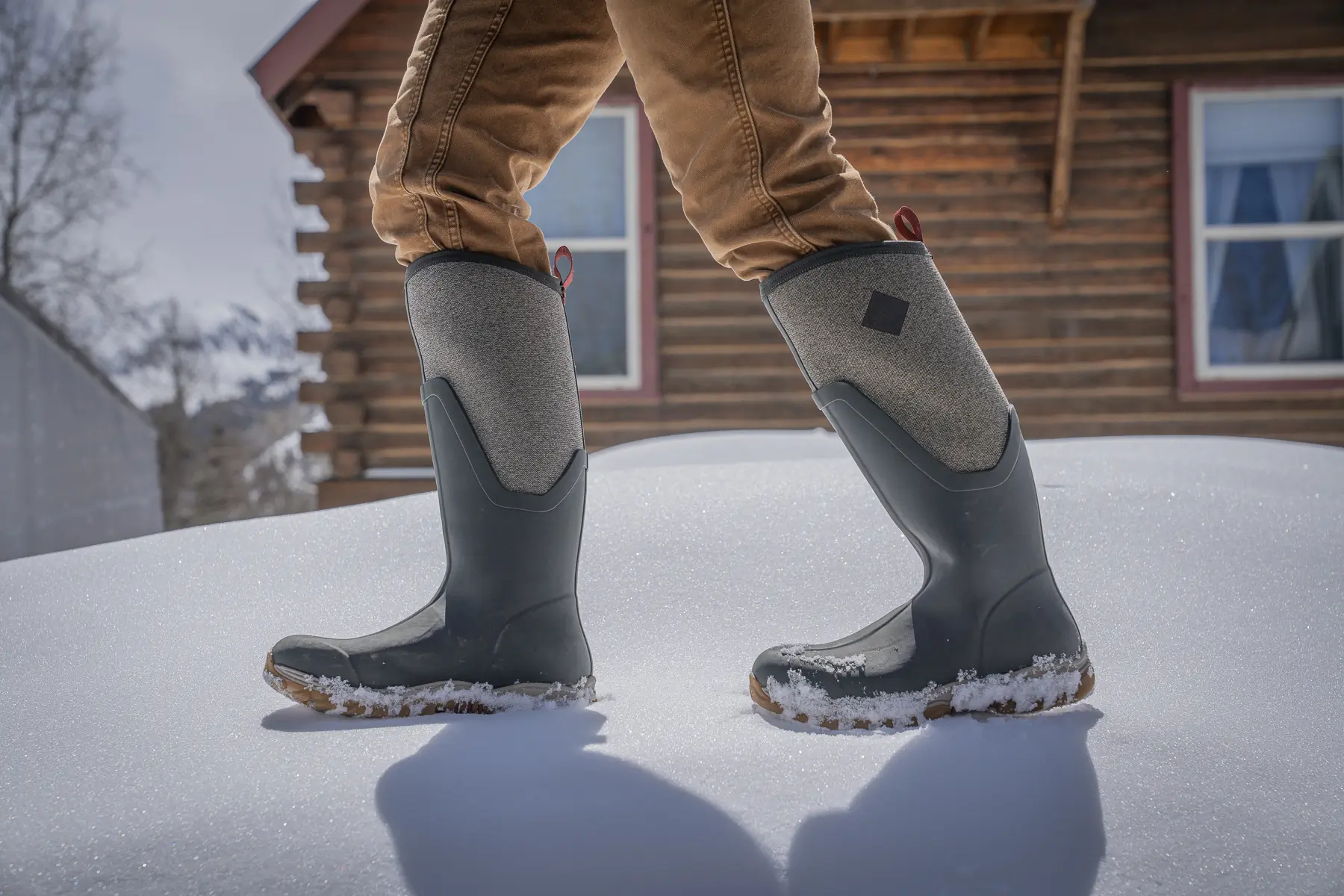



Height
Almost all winter boots are ankle-high or higher. Boot height is a major factor that determines the intended function of the boot.
Lower-cut boots are typically around 7 inches from the footbed to the top of the boot. Lower-cut boots are ideal for hiking, as they tend to be relatively light and flexible. The downside of lower-cut boots is they allow snow to seep in, especially when post-holing through deep snowpack. If you find yourself in bottomless snow with a pair of ankle-high boots, a pair of gaiters may offer a simple solution.
If you plan to use your boots in regions with lots of snow accumulation, you’ll probably want to pick boots at least 8 inches tall. Work boots and boots for extreme weather are designed to sit higher on the leg, keeping the elements out and the warmth in.
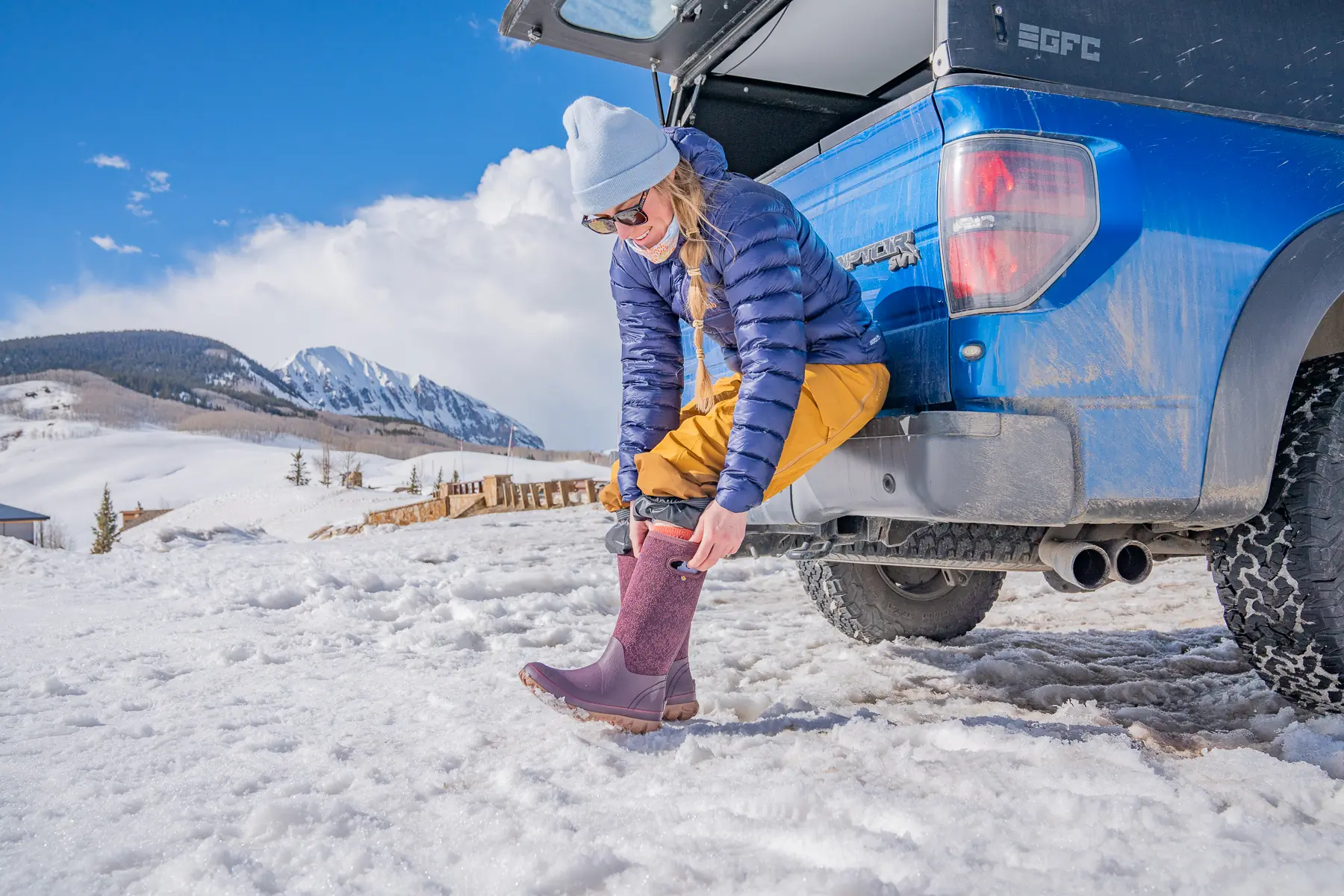



Waterproofness
Nothing beats a reliable pair of boots that keep your feet warm and dry no matter how bad the weather gets. Waterproofing is the difference between blissful comfort and soggy misery.
Waterproofing is ultimately a product of the materials incorporated into a boot’s design. Features such as rubber outer layers and an exterior water-resistant treatment are standards of most waterproof boots.
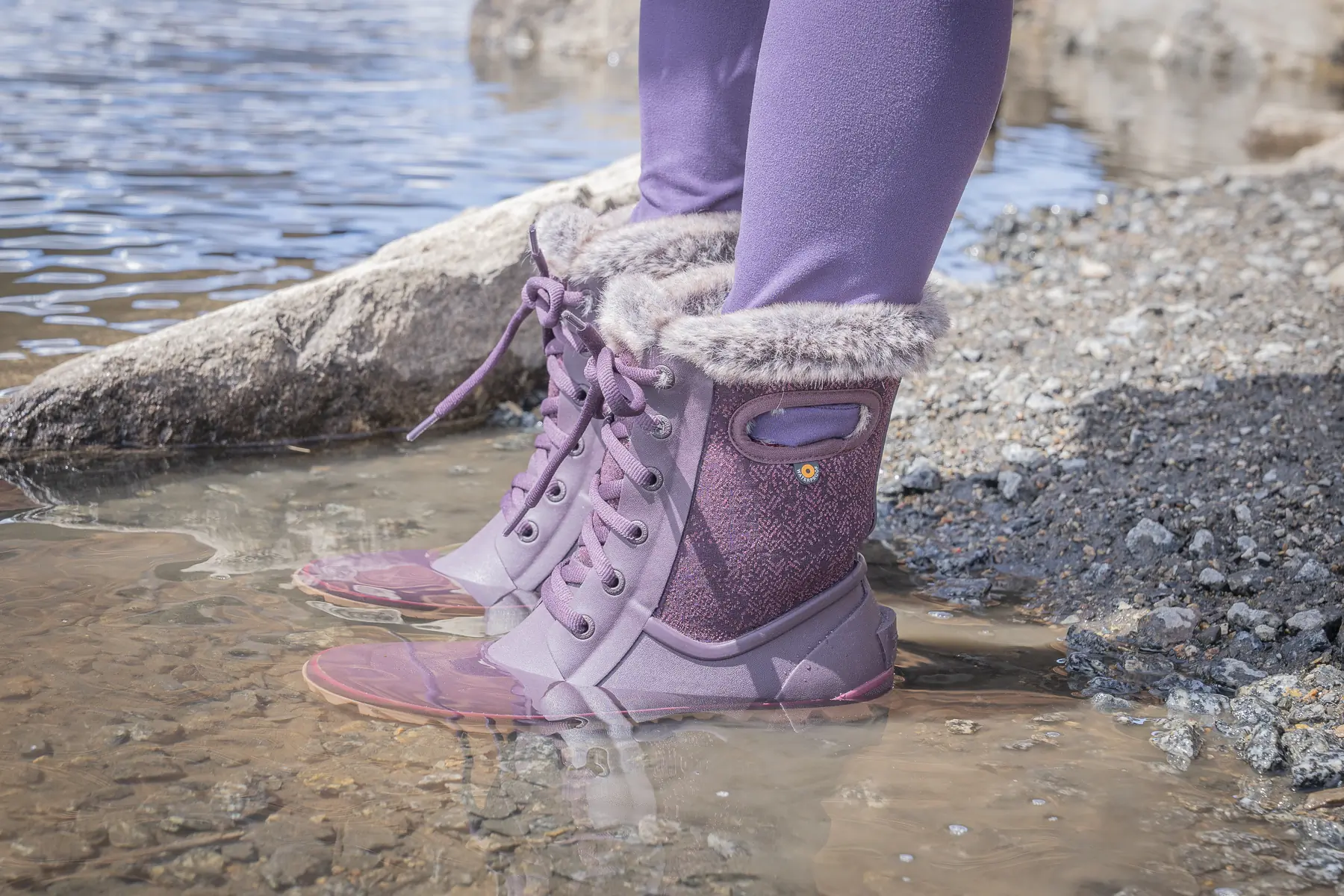



All of the boots we’ve selected are designed to keep water out as much as possible. Some of the more robust included models feature a two-piece system that includes an outer waterproof barrier and an inner removable liner.
One-piece boots typically feature a waterproof membrane sandwiched in between the outer material and the lining. While one-piece boots usually don’t have the fail-proof waterproofing of many two-piece styles, they tend to be lighter and more flexible.
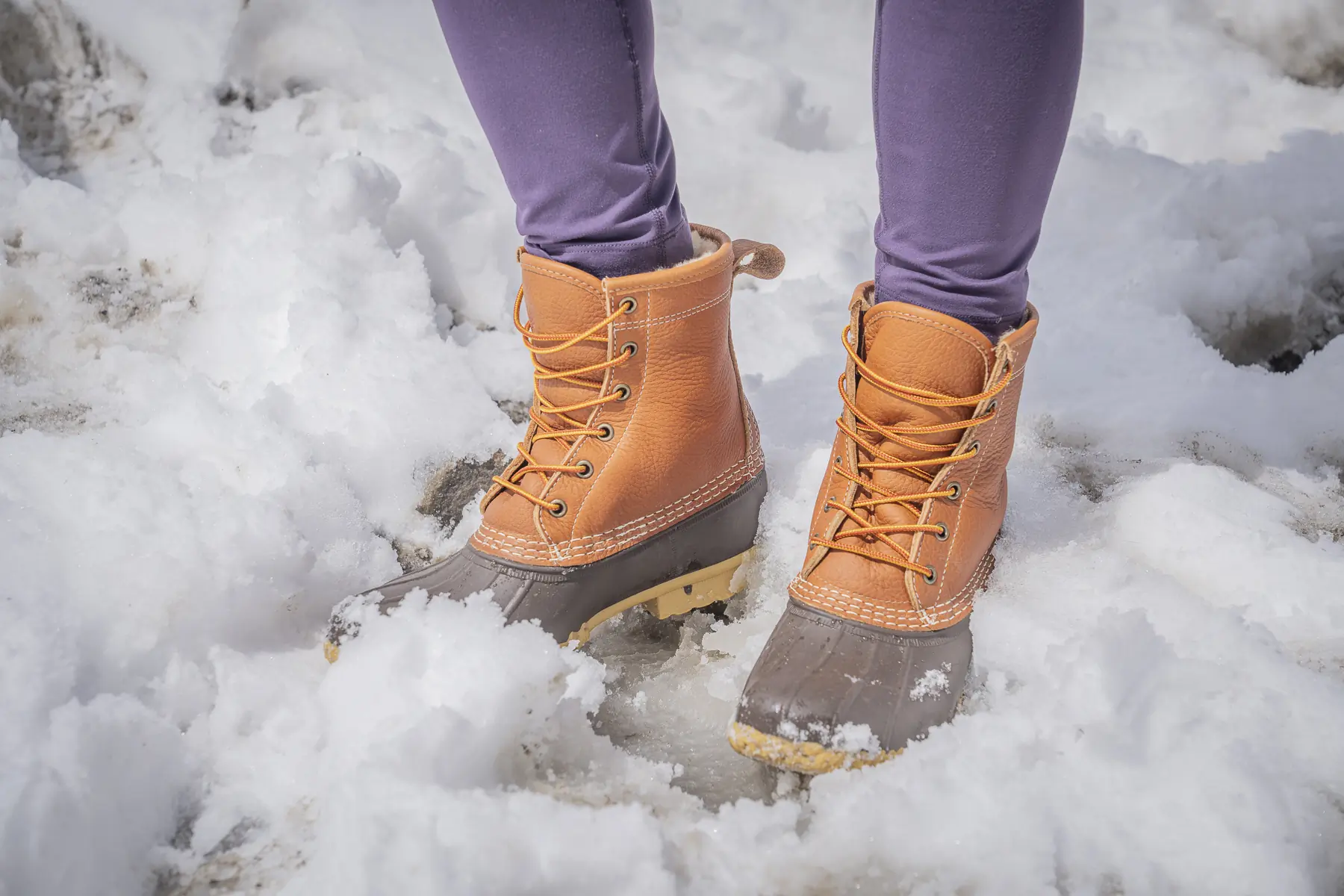



Breathability
The downside of built-in insulation and waterproof membranes is decreased breathability. While boots that trap heat are certainly desirable, overheating can be a real concern, even in extremely cold weather. For this reason, a reasonable degree of breathability is an asset in winter boots.
Generally, lightweight hiking-style winter boots are more breathable than heavy-duty work boots or two-piece models that thrive in extreme cold. While hiking or performing other strenuous activities, breathability can help to prevent sweating and blisters.
Ultimately, breathability is a trade-off. Winter boots simply cannot be completely waterproof and extreme weather-ready and fully breathable at the same time. If you’re simply looking for top-notch warmth or waterproofing, breathability doesn’t need to be a major consideration when selecting boots. If you plan to wear your boots for active use in a wide range of conditions, be sure to select a breathable pair.


Exterior Material
A winter boot’s exterior material will significantly affect its waterproofing, breathability, and weight. Rubber and leather are the most common outer materials.
Rubber
The waterproof qualities of rubber boots are unbeatable. For decades, brands including Muck Boot and XTRATUF have been well-regarded for their nearly impenetrable rubber boots. In constantly wet and rainy regions such as the Pacific Northwest, rubber boots are a rightfully popular choice.
The downside of rubber as an outer material is its lack of breathability. In the same way that rubber boots successfully keep moisture out, they also keep moisture in. For long hikes and active use, rubber is not the ideal outer material.
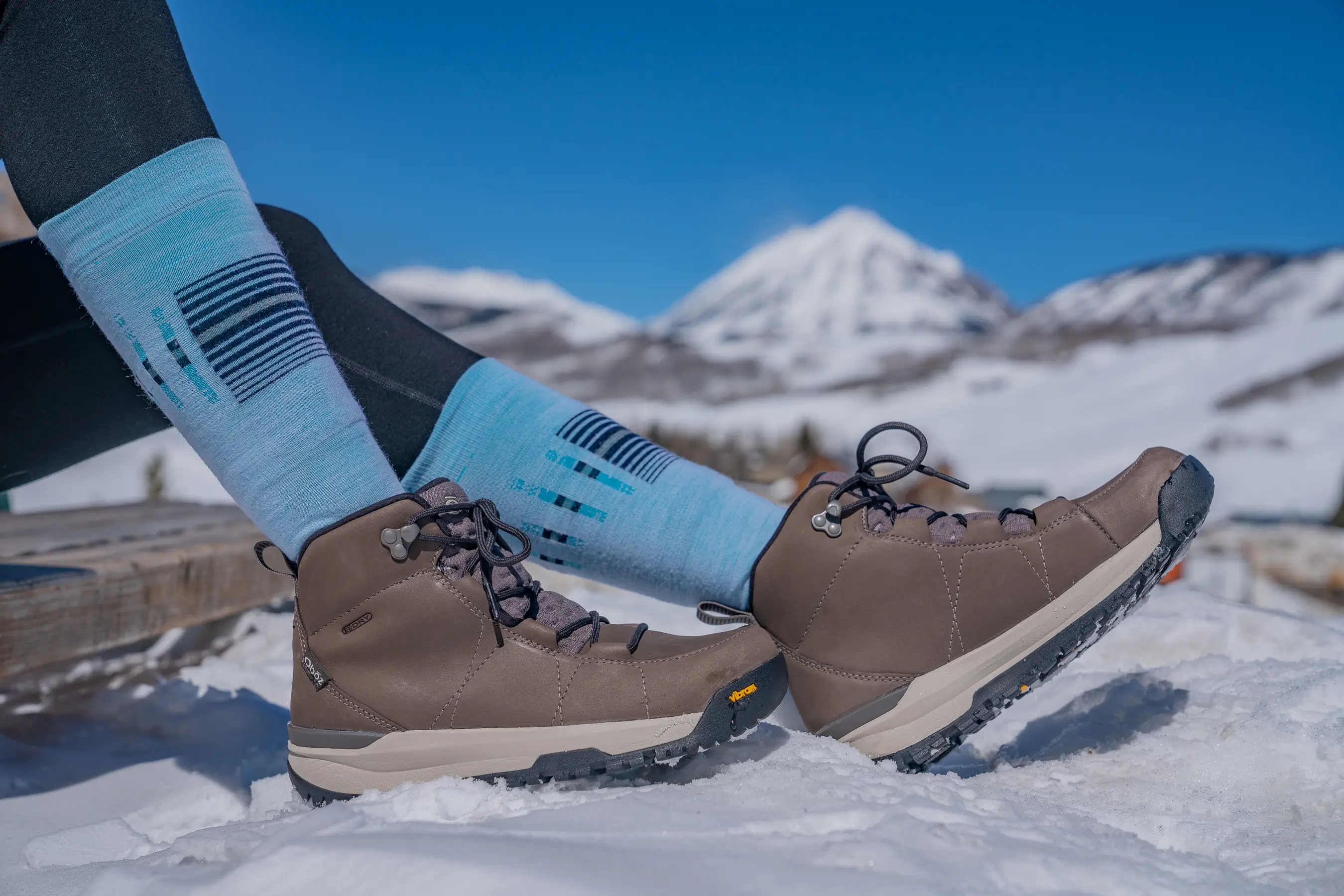



Leather
Leather boots have been a popular winter footwear choice for hundreds of years. While leather does not provide the impenetrable qualities of rubber, it is a supple, durable, and relatively water-resistant material.
Compared to rubber boots, leather models tend to breathe slightly better. If you plan to wear your boots in a wide range of weather conditions, leather boots are an excellent, versatile choice.
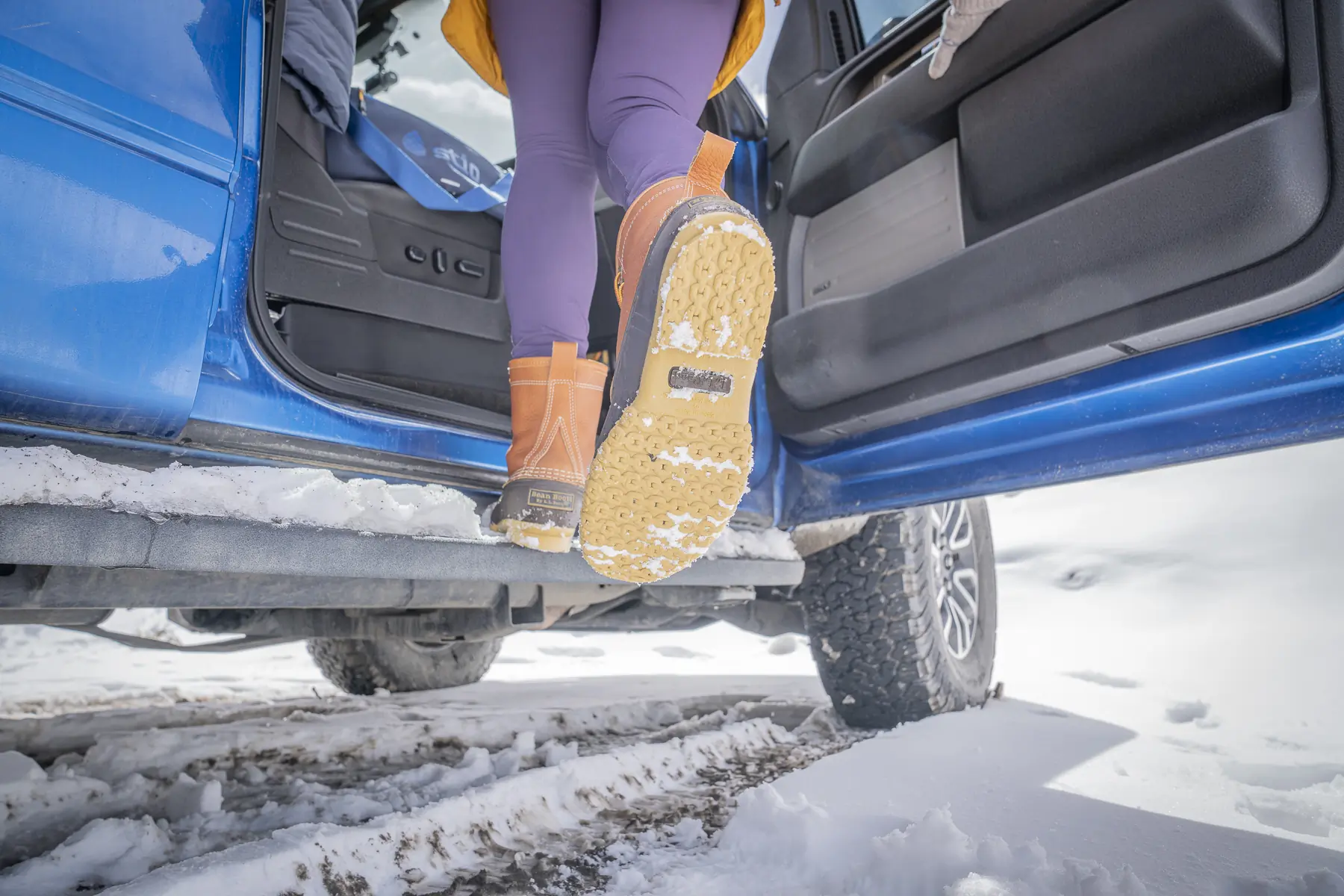



Outsole & Grip
The outsole is the part of a boot that makes direct contact with the ground underneath. Good grip is essential to a winter boot’s value and performance.
True winter boots come with outsoles designed to provide reliable grip in cold and snowy conditions. To account for subfreezing temps, many winter boot outsoles feature soft rubber compounds that don’t overly harden in the cold. Additionally, thoughtfully designed tread patterns can prevent snow and mud from building up.
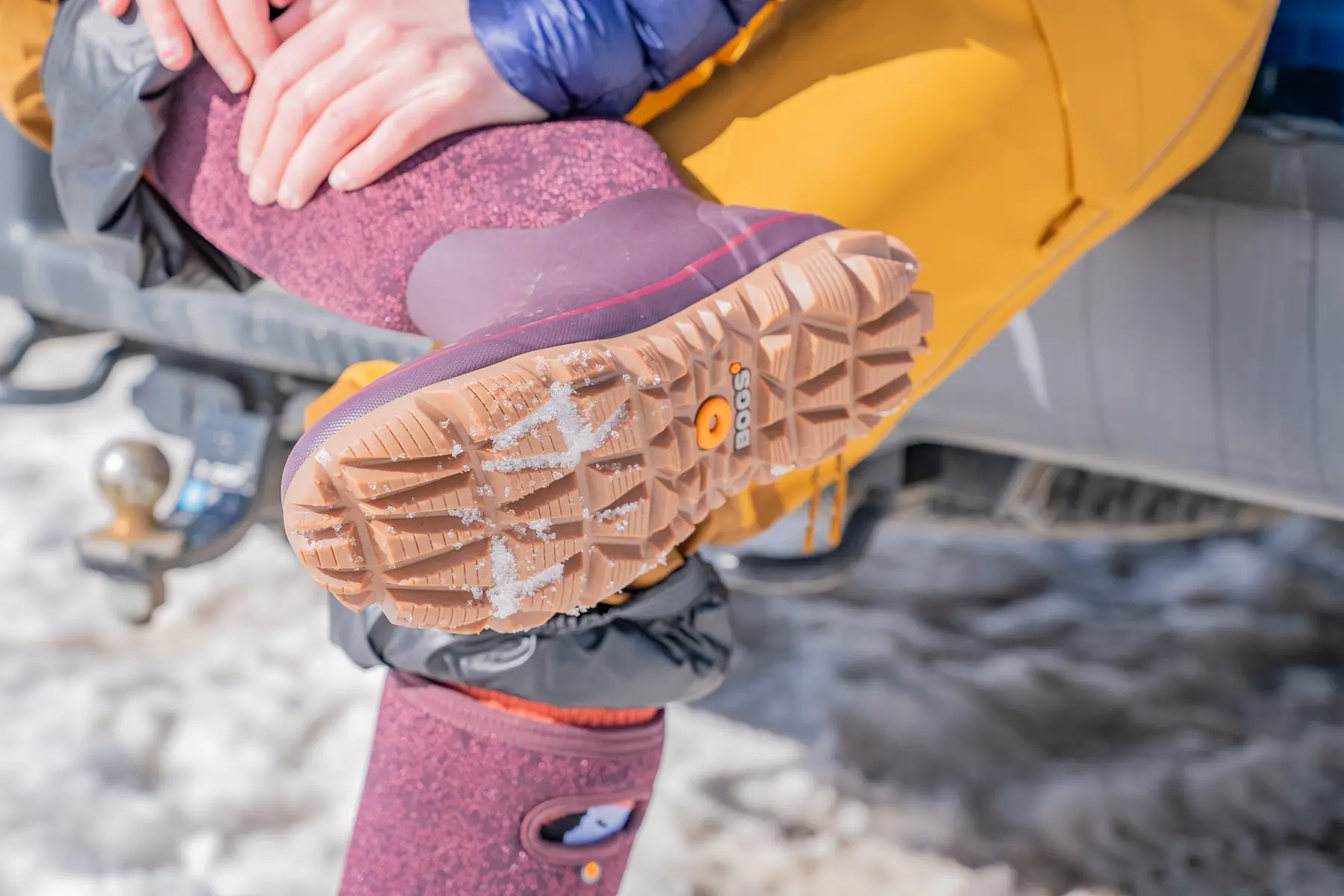



Outsole compounds and tread patterns vary wildly across the winter boot market. Generally, models geared toward hiking will have a deep tread and superior grip. Work boots typically come with heavy, bulky outsoles that prioritize durability above grip.
In severe conditions, you may want more winter traction than your boots can offer on their own. No matter how deep and sticky your tread is, chances are it won’t help on solid sheets of ice.
Traction devices such as Yaktrax and MICROspikes can be fixed onto the bottom of winter boots for improved grip on ice and hardpack. These devices have metal components designed to dig into ice and improve traction — just like tire chains on a car.
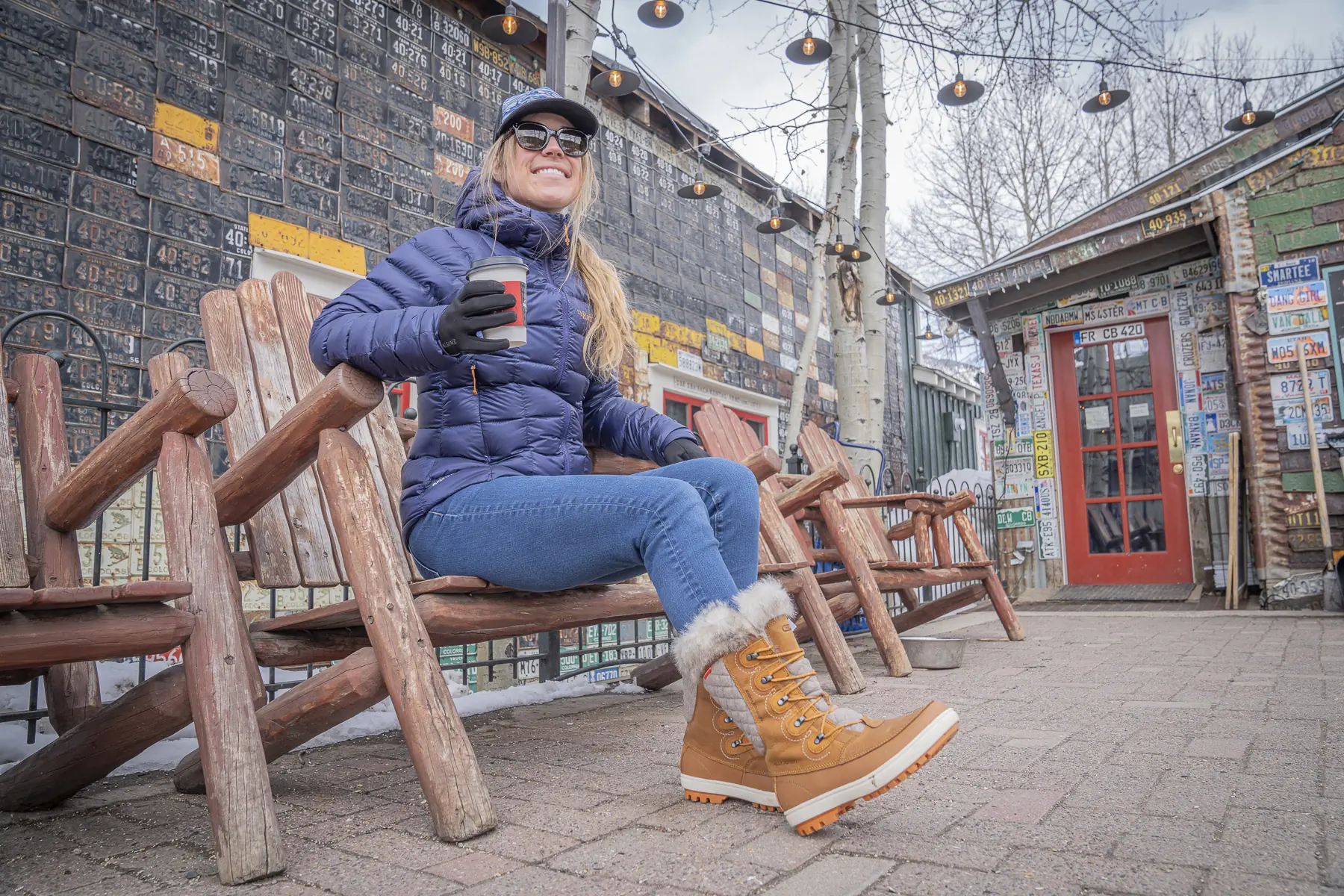



Fit & Sizing
Properly sizing winter boots can be a tricky process. Unlike with most footwear, you’ll likely wear extra thick socks with your winter boots, and it’s important to consider this when picking a size.
Ideally, your winter boots will be comfortable and free of major air pockets and hot spots. Of course, the best fit for you depends on the type of activity you’re using the boots for.
If you’ll be hiking or working on your feet, we recommend a snug fit for maximum performance. If you plan to use your boots for hanging out casually or simply wearing around town, a looser comfort-first fit is the way to go.
As always, there’s no substitute for trying on boots and shoes, and we highly recommend you do so if possible.
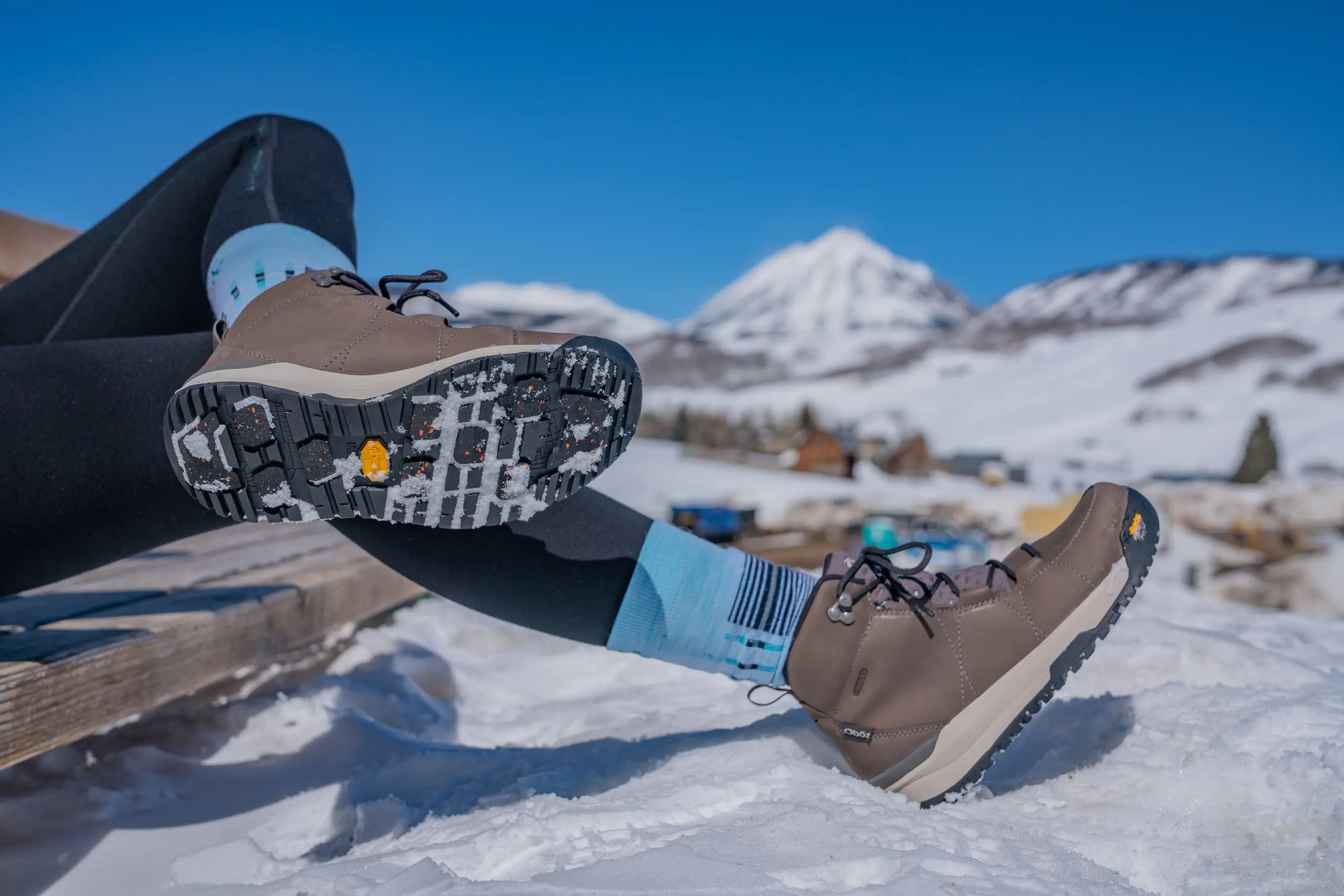



Price & Value
Budget
Typically, women’s winter boots hold a minimum price tag of $100-200. When footwear is built out with insulation, beefier tread, and technical rubber that’s grippy on ice or waterproof, footwear inevitably costs more than a classic pair of sneakers.
If you opt for a shorter design and moderate insulation, you can snag a rubber pair like the Bogs Arcata ($160) that keeps you grounded, dry, and warm across variable ground conditions. Utilitarian designs like the Muck Women’s Arctic Sport II Tall Boots ($150) offer ample protection with height and a durable, fully waterproof exterior, as well as ease of use with a pull-on style.
Mid-Tier
Sneaking at and above $200, synthetic pairs including the Baffin Icefield Insulated Boots ($220) or Sorel Women’s Caribou Boots ($225) both dish out the best insulation value among our collection. These boots are designed with a roomier toe box and nail the warmth with a removable liner: felt in the Sorel and two types of synthetic insulation (DiamondNet and B-TEK) in the Icefield’s interior and midsole.
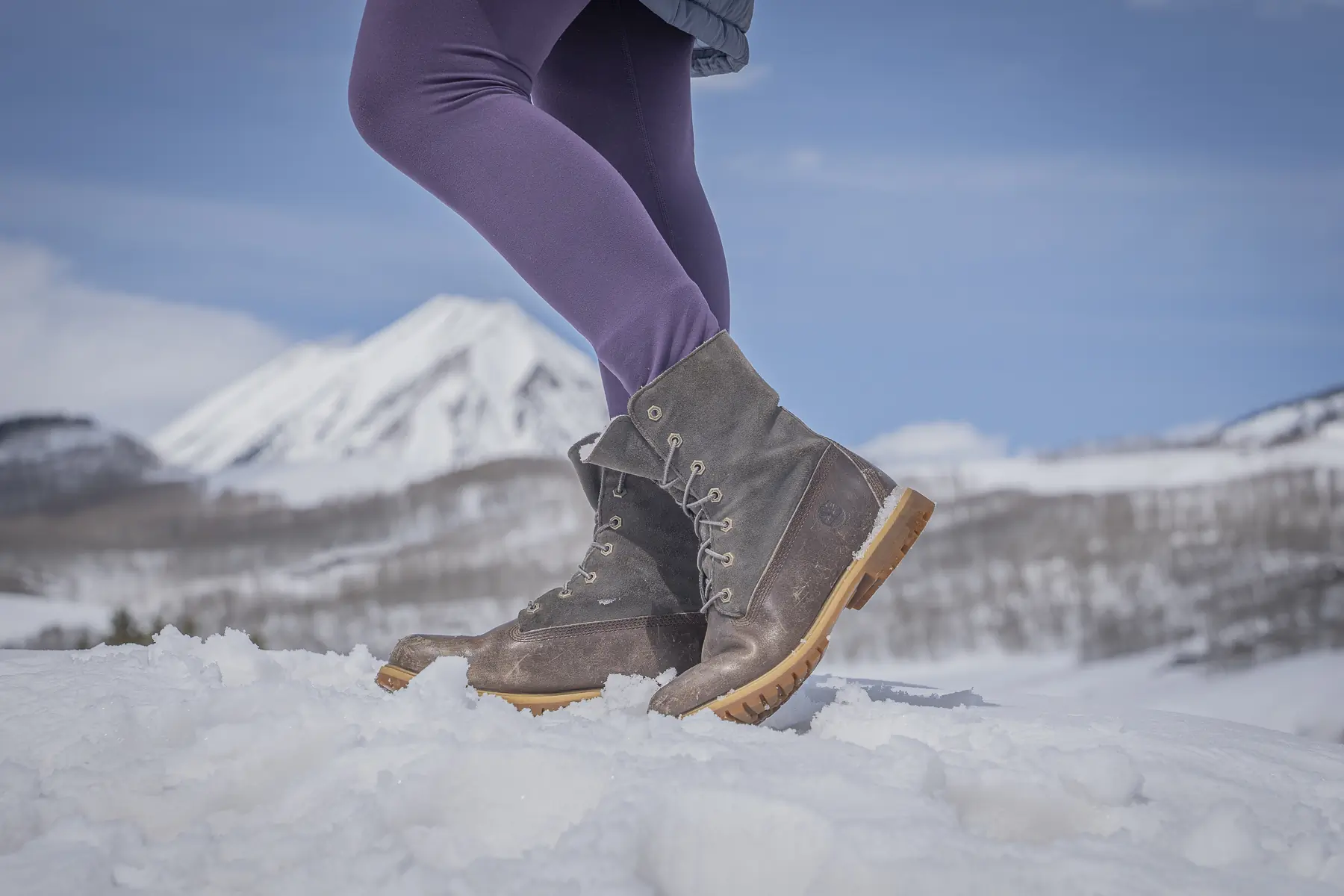



Premium
The priciest women’s winter boots near the third Benjamin. Designs like the L.L.Bean Women’s Bean Boots ($289) and Blundstone Women’s All-Terrain Thermal Chelsea Boots ($275) are not necessarily taller or made for expeditions. Rather, these pairs are made with crafted leather that’s long-lasting, aesthetic, and waterproof. These boots also offer more and resilient support underfoot than others with a steel shank integrated into both. These boots are truly made for walking and being paired with a variety of apparel from jeans to snow pants. Other pairs like the leather Manitobah Waterproof Tamarack ($265) are artfully created with style and function.


Frequently Asked Questions
There are a few important things to consider. First are the overall weight and fit. A super-heavy boot will quickly become tiresome. And one that’s too loose will rub and cause blisters.
On the other hand, a slightly taller boot may be worth the weight, as it offers extra ankle support. Consider where you’ll be walking and your personal preference for high or low designs.
Second, good traction is a key consideration. Icy, slick conditions are a common winter occurrence. And you don’t want to spend your time outdoors worrying about slipping.
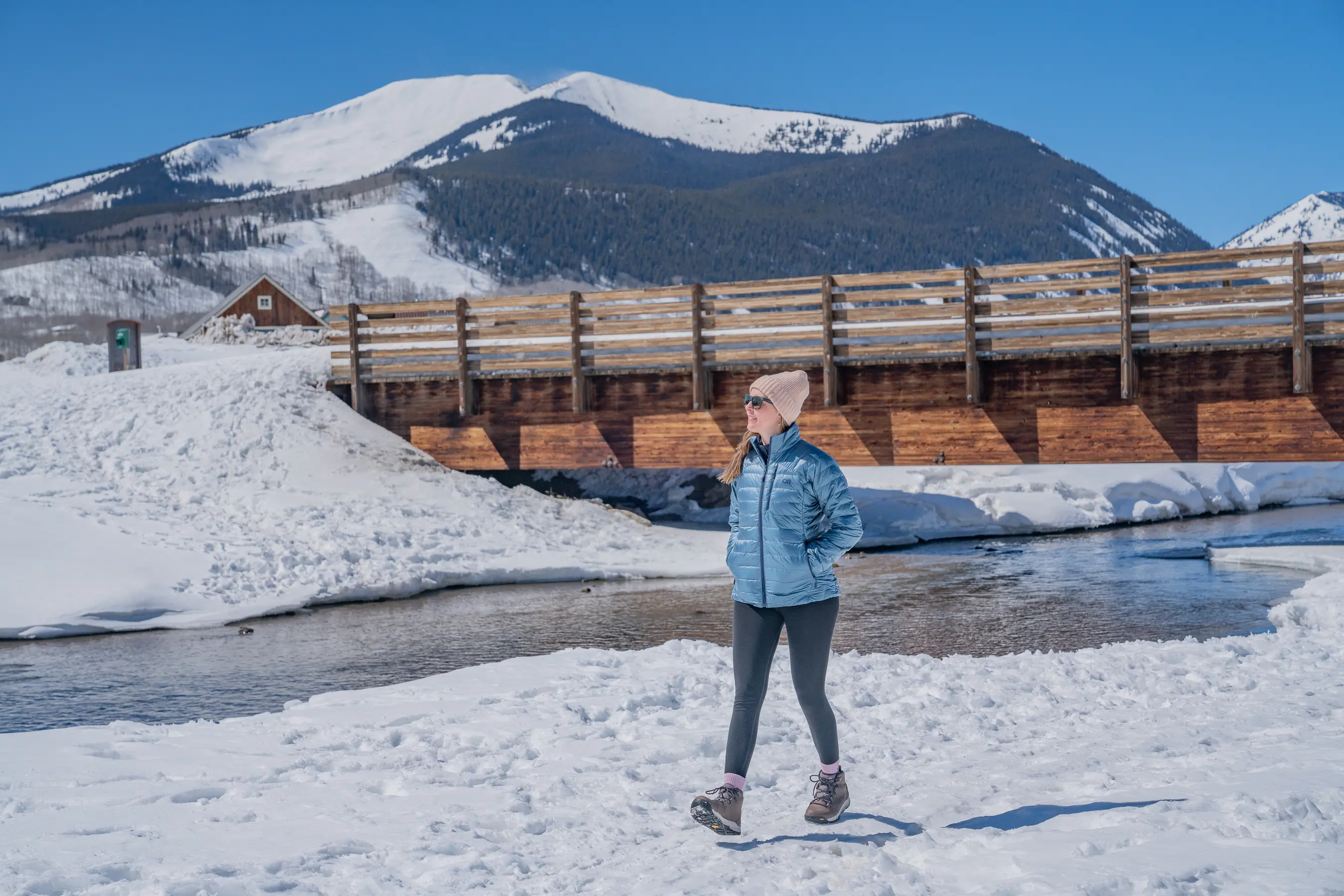



If you find yourself regularly heading out in icy conditions, we recommend the Baffin Icefield Insulated Boot. The Vibram Arctic Grip outsole is true to its name and delivers excellent traction. And the 15-inch height keeps out snow.
The Bogs Arcata provided excellent traction across variable snow. The tallest boots for the best protection in deep snow are the Bogs Footwear Whiteout Faded and Muck Women’s Arctic Sport II Tall Boots.


The best winter boot is subjective and depends on your needs. Sorel and Oboz all make excellent winter hiking boots for women.
For truly frigid conditions, you need a burly, super-warm boot. The Baffin Icefield Insulated Boots have a comfort rating of -100 degrees F. And they’ll keep you cozy down to -148 degrees F. Pair them with some extra-warm winter gloves, and you’ll be ready for whatever winter serves up.
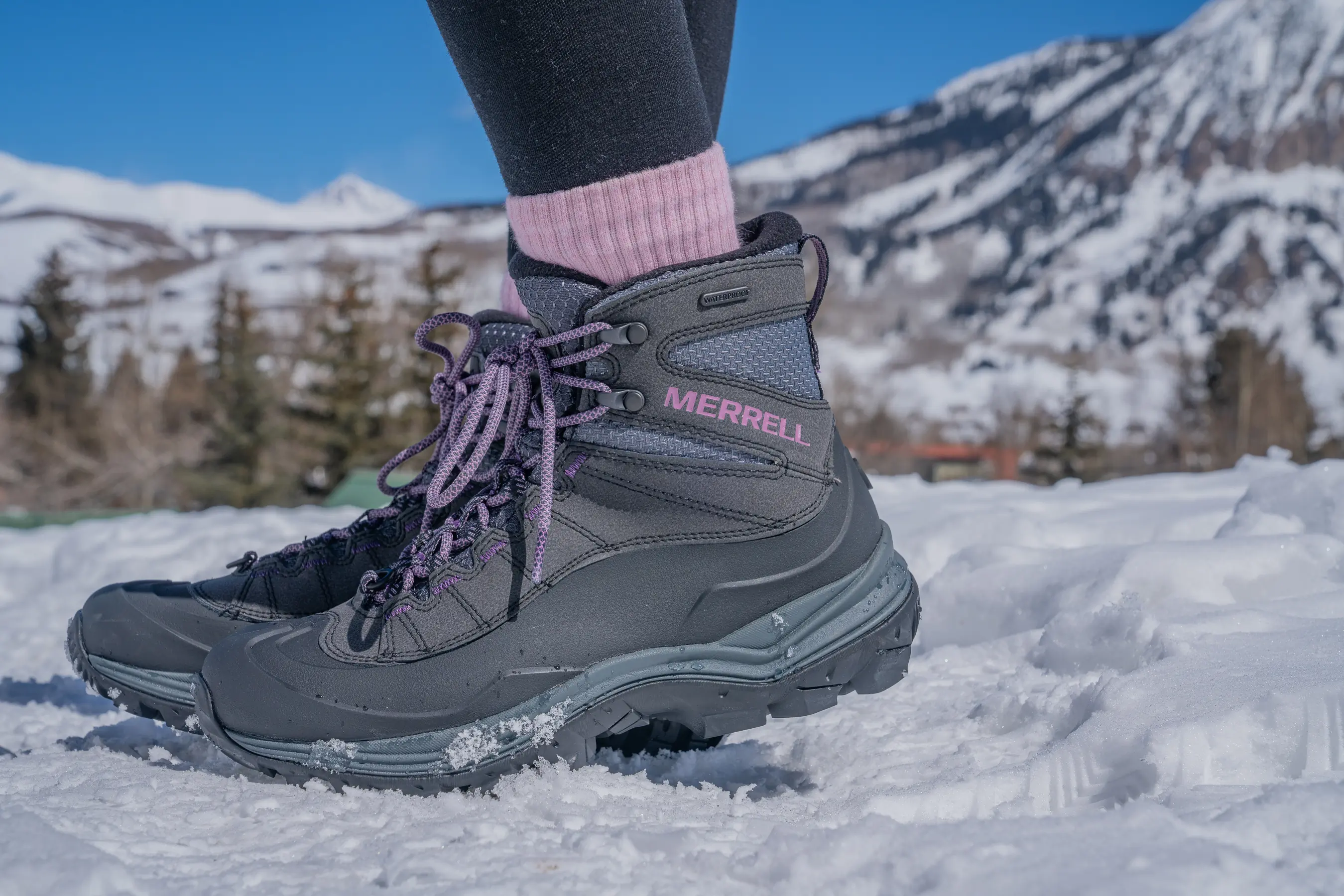



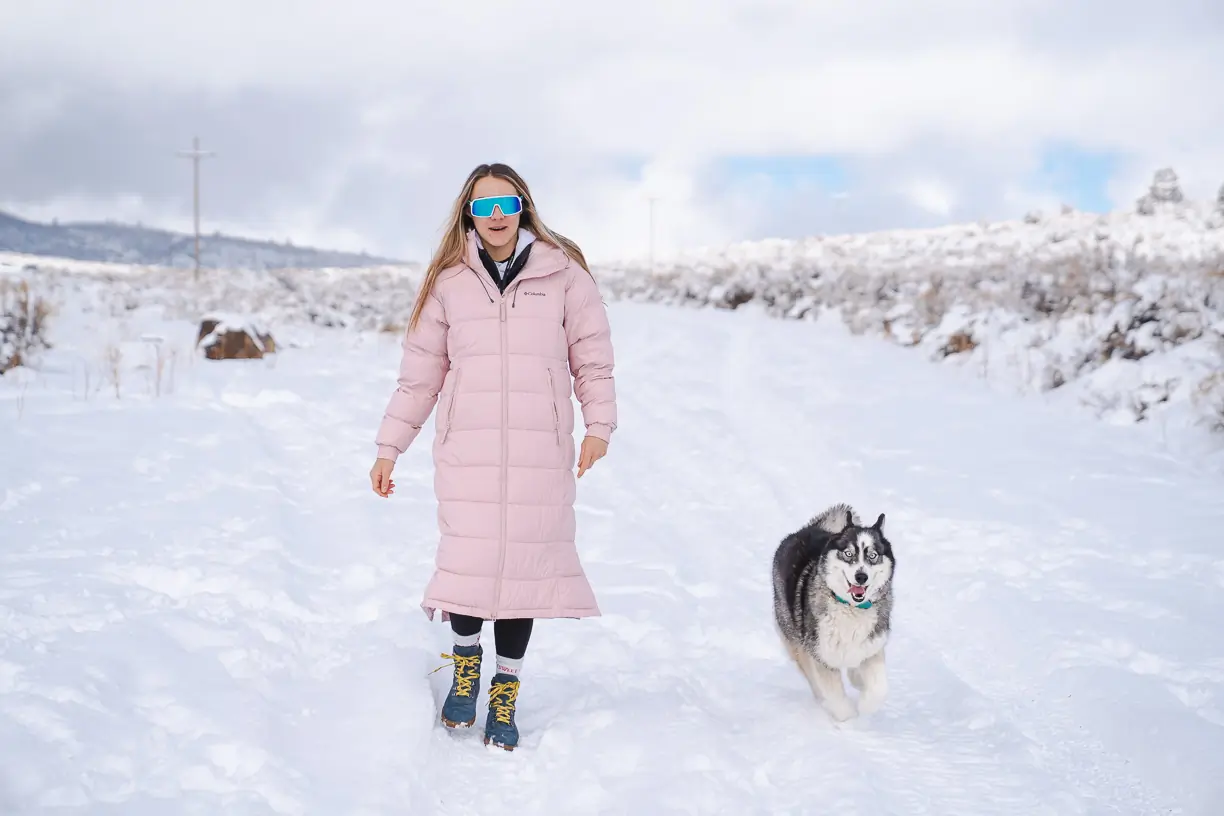

The Best Women’s Winter Jackets of 2026
Whether you’re looking for a calf-length down parka or an affordable, PFC-free winter coat, we’ve got you covered with the best women’s winter jackets.
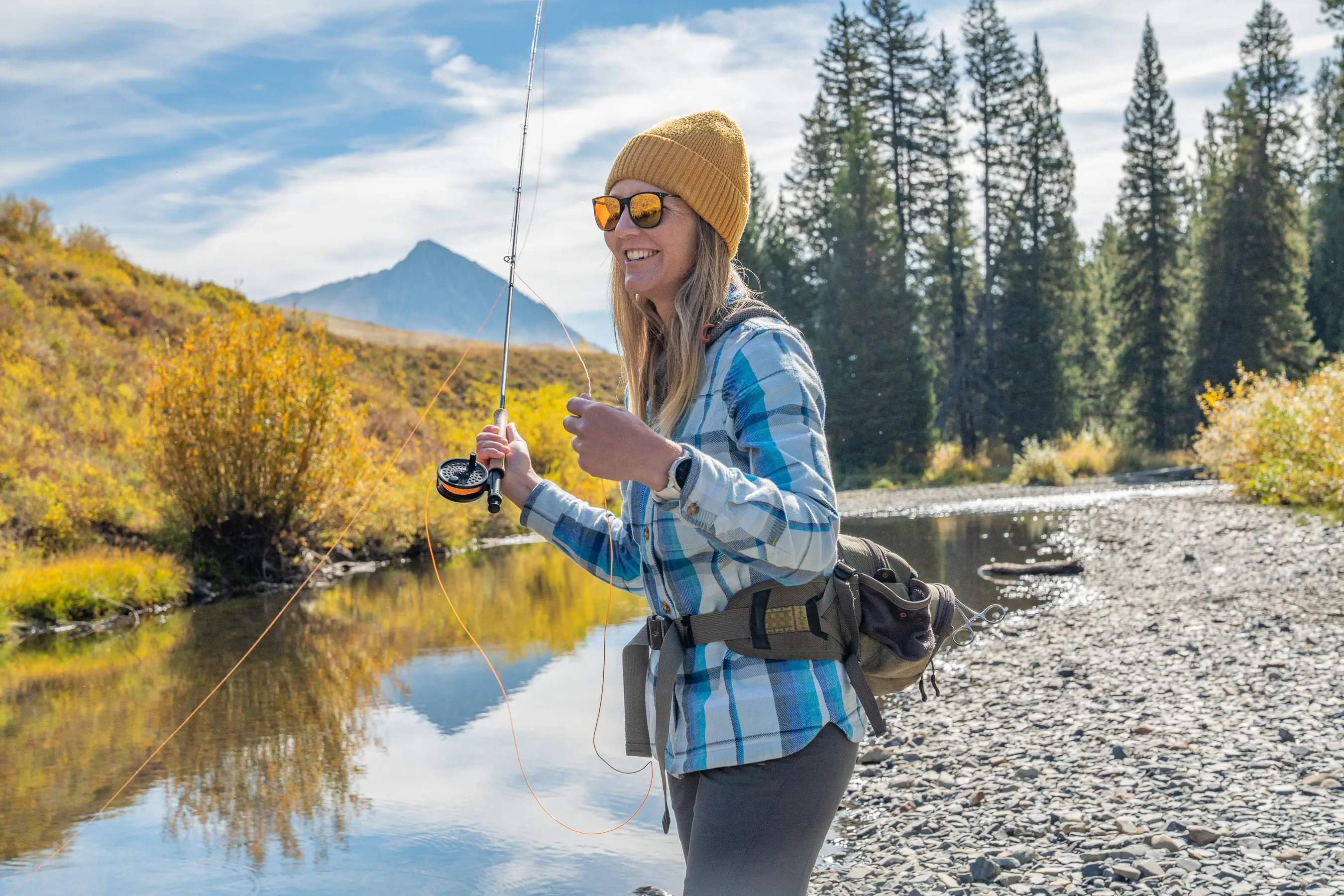

The Best Women’s Flannel Shirts of 2025-2026
We found the best women’s flannel shirts for every budget including top picks from Patagonia, Stio, Outdoor Research and more.
